Tiger's Eye
The Gemstone of Strength and Courage
Tiger's Eye is a captivating gemstone with its distinctive golden-brown hues and shimmering, chatoyant effect. Known for its spiritual properties, this stone has become a favorite in jewelry due to its striking appearance and symbolism of strength, courage, and protection. In this blog, we will explore the origins, formation, cultural significance, and market trends for Tiger’s Eye, along with styling recommendations and color inspirations to help elevate your jewelry collection.
Origin of Tiger’s Eye
Tiger’s Eye is a stone of transformation, found in regions with significant mineral deposits. The major sources of Tiger’s Eye include:
Primary Sources:
-
South Africa: The Northern Cape is the most prominent area for high-quality Tiger’s Eye production, offering some of the finest gemstones with rich golden-brown colors.
-
Australia: Known for its Western Australia deposits, Australian Tiger’s Eye often has deep, fiery hues and a strong chatoyancy effect.
-
Brazil: Brazilian Tiger’s Eye is renowned for its golden, reddish tones, often exhibiting vibrant color contrasts.
-
India: India has a strong market for crafting and jewelry made from Tiger’s Eye, with gemstones sourced mainly from Rajasthan.
-
United States: The Western U.S.—particularly areas like California and Arizona—produces Tiger’s Eye, though in smaller quantities.
Tiger’s Eye can be found in many places around the world, but the best stones come from regions with high mineral diversity and specific geological conditions that promote the formation of this unique stone.
Formation Process of Tiger’s Eye
Tiger’s Eye is a quartz gemstone that forms when asbestos fibers are replaced by silica. This mineral transformation creates its striking chatoyancy, where the light reflects off its fibrous layers, giving it an eye-like sheen.
Formation Process:
-
Original Material: Tiger’s Eye starts as fibrous asbestos, found in certain types of igneous rocks.
-
Silica Replacement: Over time, the asbestos fibers are gradually replaced by silica (quartz), which hardens and forms the gemstone.
-
Iron Oxidation: The golden-brown and red colors of Tiger’s Eye come from the oxidation of iron minerals during the replacement process.
-
Chatoyancy Effect: The fibrous layers created during this process reflect light in a way that gives the gemstone its unique, shimmering eye-like appearance.
This transformation process occurs over thousands or millions of years, making Tiger’s Eye a rare and ancient stone.
Cultural Significance and Meaning of Tiger’s Eye
Tiger’s Eye has been regarded as a stone of power and protection for centuries. Different cultures and civilizations have assigned it various meanings, making it not only a decorative gemstone but also an object of spiritual significance.
Historical and Modern Significance:
-
Ancient Egypt: In Ancient Egypt, Tiger’s Eye was often associated with the goddess of protection, Sekhmet, who was depicted with the head of a lion. Egyptians believed the stone offered protection and courage during battles.
-
Roman Soldiers: Roman soldiers wore Tiger’s Eye as amulets for strength, courage, and protection in battle.
-
Native American Culture: Native American tribes believed that the stone’s eye-like sheen could offer spiritual strength and protect against negative energy.
-
Modern Day: Today, Tiger’s Eye is thought to promote emotional balance, courage, and confidence, helping individuals overcome challenges in both their personal and professional lives.
Tiger’s Eye is often used as a symbol of personal empowerment, encouraging self-confidence, discipline, and mental clarity.
Market Value and Rarity
Tiger’s Eye is generally considered an affordable gemstone, with a range of prices depending on factors such as quality, size, and origin.
Market Price (2024):
-
Lower Range: For tumbled stones or smaller beads, prices can range from $5 to $15 per piece, making it accessible for many buyers.
-
Mid-range: High-quality cabochons or necklaces typically range from $20 to $75.
-
Higher-end: Rare golden-red varieties or large, premium-quality pieces can cost anywhere from $100 to $500 per piece.
Rarity:
While Tiger’s Eye is not classified as extremely rare, high-quality specimens with vibrant color and a strong chatoyancy effect are harder to find and can be more expensive.
Tiger's Eye Properties
The tiger’s eye chakra meaning is deeply rooted in personal power, grounding, and inner strength. This golden-brown gemstone is primarily associated with the Sacral and Solar Plexus Chakra (Manipura), the energy center responsible for confidence, willpower, and self-discipline. When the Solar Plexus Chakra is blocked, you may feel insecure, indecisive, or lack motivation. Tiger’s Eye works by restoring balance and flow to this chakra, promoting courage, clarity, and a strong sense of purpose.
In energy healing, Tiger’s Eye is known for its ability to anchor scattered energies, helping individuals feel more centered and in control. It’s often used during meditation or worn as jewelry to stimulate the chakra system, especially when emotional grounding and mental focus are needed. Some also associate it with the Root Chakra, which strengthens its grounding abilities even further.
By aligning the Solar Plexus and Sacral Chakras, Tiger’s Eye activates a powerful energetic foundation that encourages action, protects against negativity, and reinforces personal boundaries—making it a go-to stone for chakra balancing and spiritual empowerment.
External
Wealth & Abundance
Luck & Opportunity
Career & Success
Leadership & Power
Relationships & Communication
Social Connectivity
Inner
Composure
Calmness
Virgo
Initiation
Element


Zodiac

Chakras


Planet


Mohs Hardness
≥ 7
Click to copy the Tiger's Eye properties
Jewelry Uses and Fashion Tips
Tiger’s Eye is widely used in men’s jewelry, but it also makes stunning pieces for women. The golden-brown shades and unique sheen of Tiger’s Eye lend themselves to a variety of jewelry designs, from casual to formal.
Best Jewelry Uses:
-
Necklaces & Pendants: A simple Tiger’s Eye pendant on a leather or metal chain can add a bold, earthy touch to any outfit.
-
Bracelets & Rings: Tiger’s Eye beads are often used in bracelets and rings, particularly for bohemian-style designs or masculine jewelry.
-
Earrings: Small, polished Tiger’s Eye studs are perfect for a more subtle or professional look, while dangling earrings provide a dramatic effect.
Fashion Tips:
-
Pair with Earthy Tones: Tiger’s Eye pairs wonderfully with earthy tones like olive, brown, and beige. It creates a natural, organic look.
-
Bold Contrast: For a more vibrant and striking contrast, try pairing Tiger’s Eye with deep blue or emerald green to highlight the stone’s warm hues.
-
Layer with Silver or Leather: Tiger’s Eye works beautifully with silver and leather. Pairing it with leather straps or silver bands can add an edgy or bohemian flair to your jewelry collection.
Pairing Tiger's Eye with Other Gemstones or Materials
Tiger’s Eye works well with various gemstones and materials to create harmonious and energetic combinations. Here are a few pairings to consider:
| Gemstone or Material | Reason for Pairing |
|---|---|
| Lapis Lazuli | Lapis, known for its deep blue color, complements the golden-brown hues of Tiger’s Eye, creating a striking contrast. Both stones symbolize wisdom and personal power. |
| Onyx | Black Onyx and Tiger’s Eye make a powerful combination, representing strength and protection. The dark tones of Onyx balance the vibrant golden hues of Tiger’s Eye, creating a bold, modern look. |
| Citrine | The warm, yellow tones of Citrine pair beautifully with the rich golds of Tiger’s Eye. Both stones symbolize prosperity and success, making them a great match for confidence-boosting jewelry. |
| Quartz | Clear or Rose Quartz works as a calming balance to the strong energy of Tiger’s Eye, enhancing its protective qualities while providing emotional healing. |
| Silver | Silver and Tiger’s Eye create a classic and versatile combination, particularly for rings, bracelets, and pendants. Silver’s cool tones highlight Tiger’s Eye’s warm golden-brown shades. |






These pairings bring together both aesthetic appeal and energy synergy, allowing Tiger’s Eye to enhance other stones’ properties or provide balance.
Crystal Color Palettes for Artistic and Fashion Inspiration
Tiger’s Eye offers a beautiful palette of earthy tones perfect for both artistic and fashion projects. Below are five color codes inspired by Tiger’s Eye:

- #C6891F Golden Brown – The classic golden-brown hue of Tiger’s Eye.
- #B65C2D Copper Brown – A rich, deep copper tone that adds warmth to any design.
- #B7410E Rust – A vibrant red-brown, mimicking the oxidized iron in the stone.
- #954535 Chestnut – A dark brown with hints of red, representing Tiger’s Eye’s earthy, grounding nature.
- #F4C430 Saffron – A bright yellow hue inspired by the golden elements in Tiger’s Eye.
These colors are ideal for use in artistic designs, interior décor, or fashion ensembles.
Tiger’s Eye is considered a stone of empowerment and courage. If you could use it for any specific purpose in your life, would it be for increased self-confidence, mental clarity, or something else entirely? Share your thoughts in the comments!



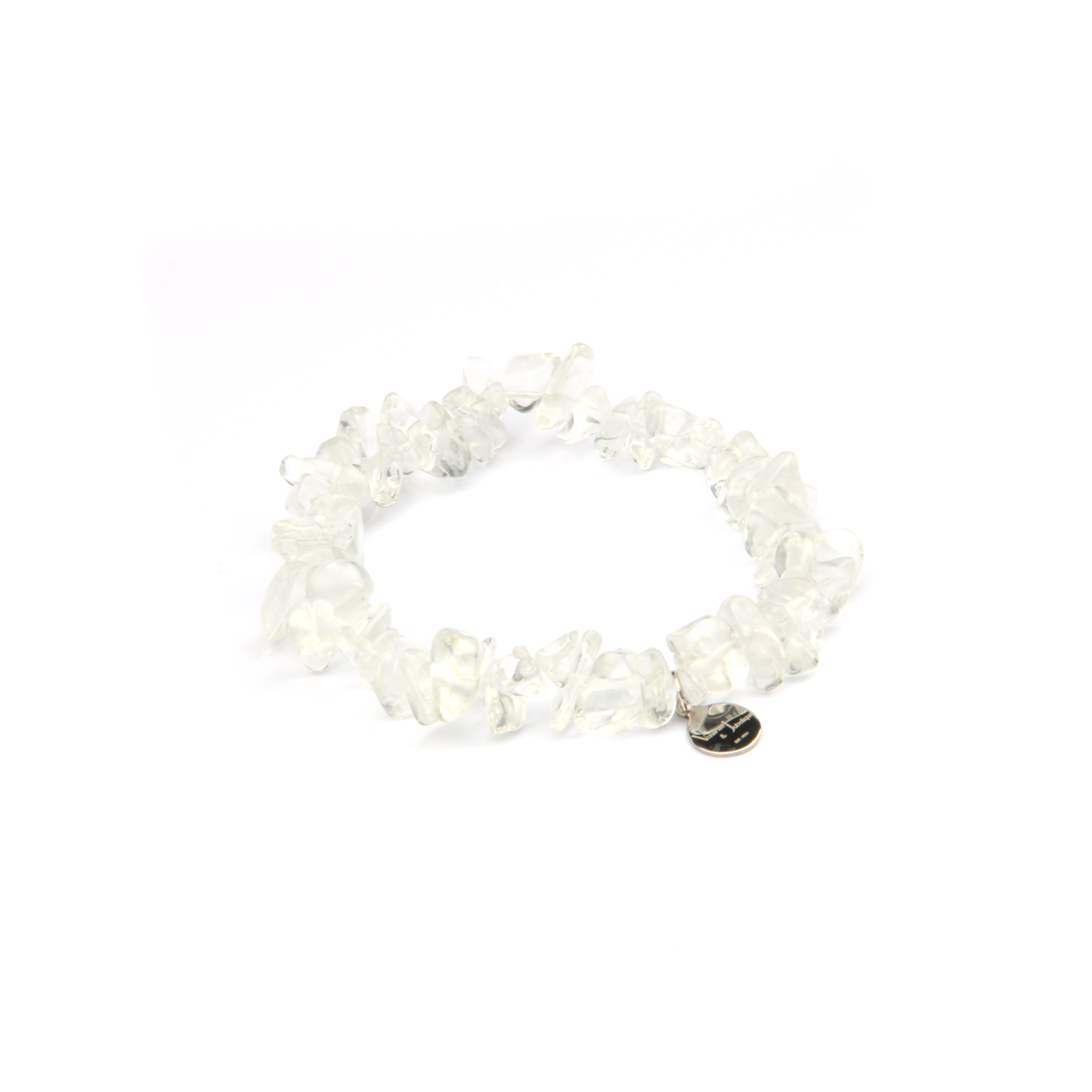
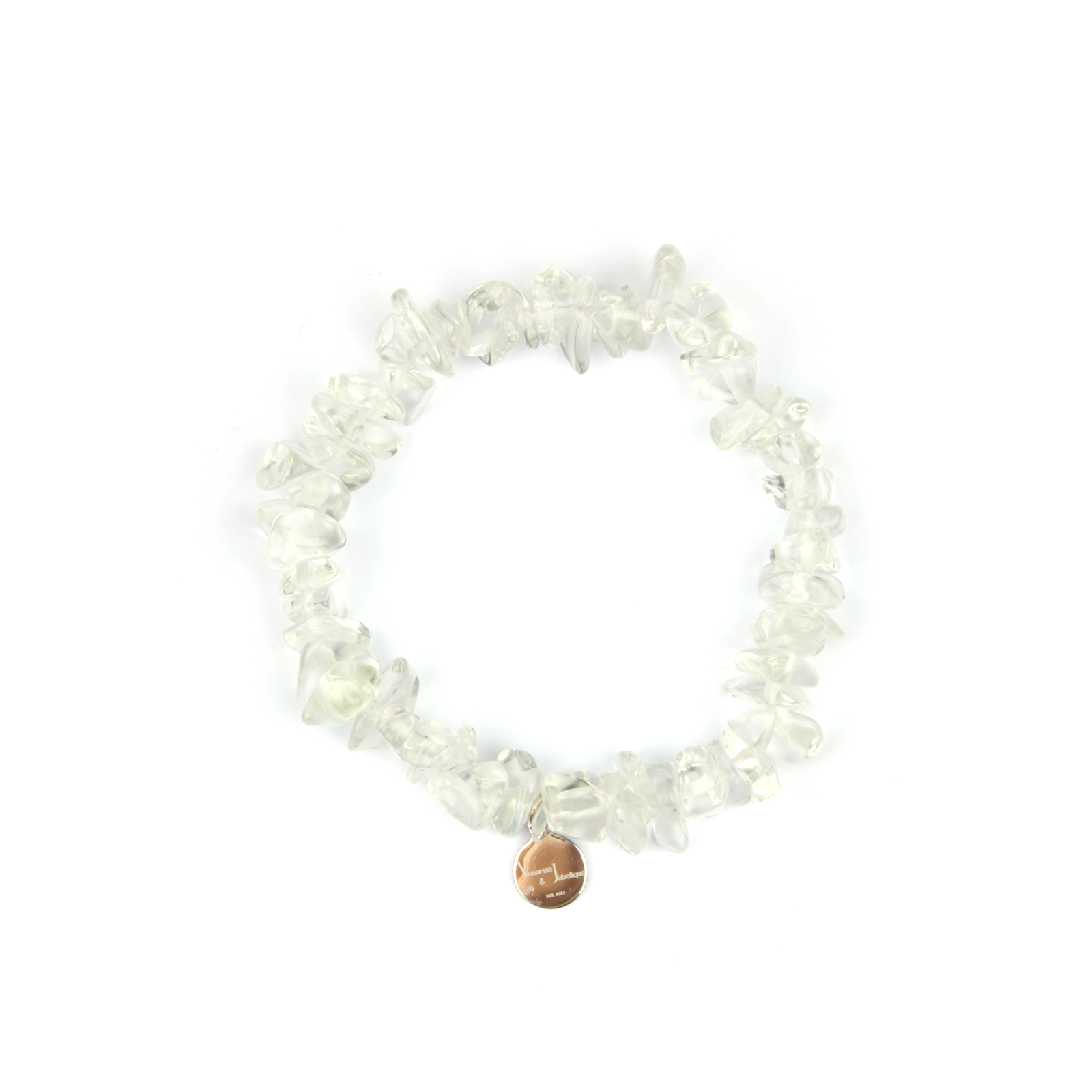
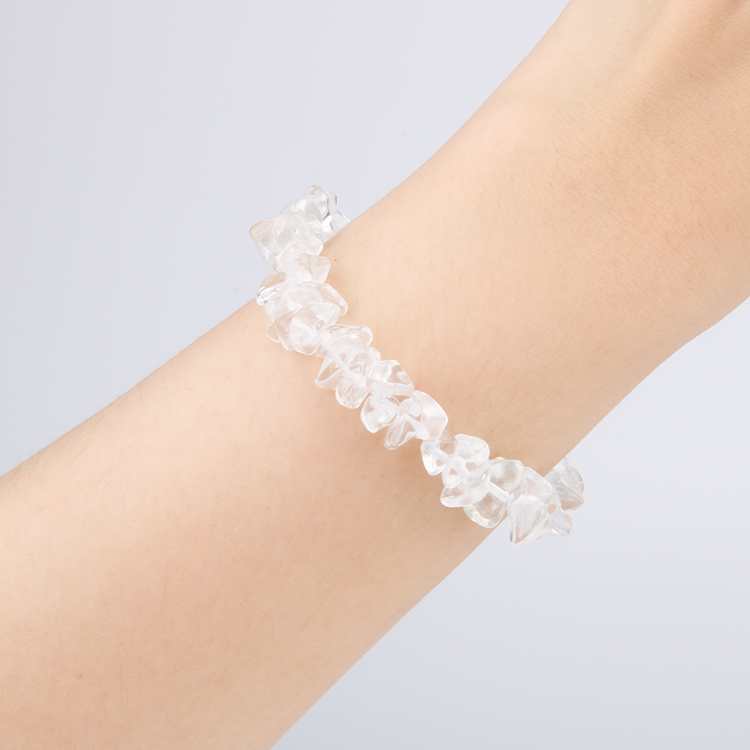
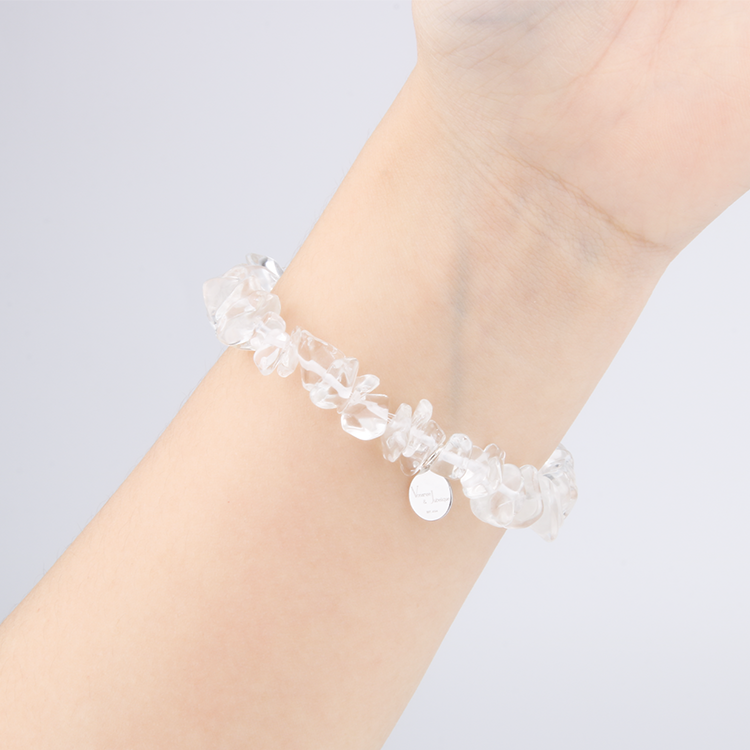
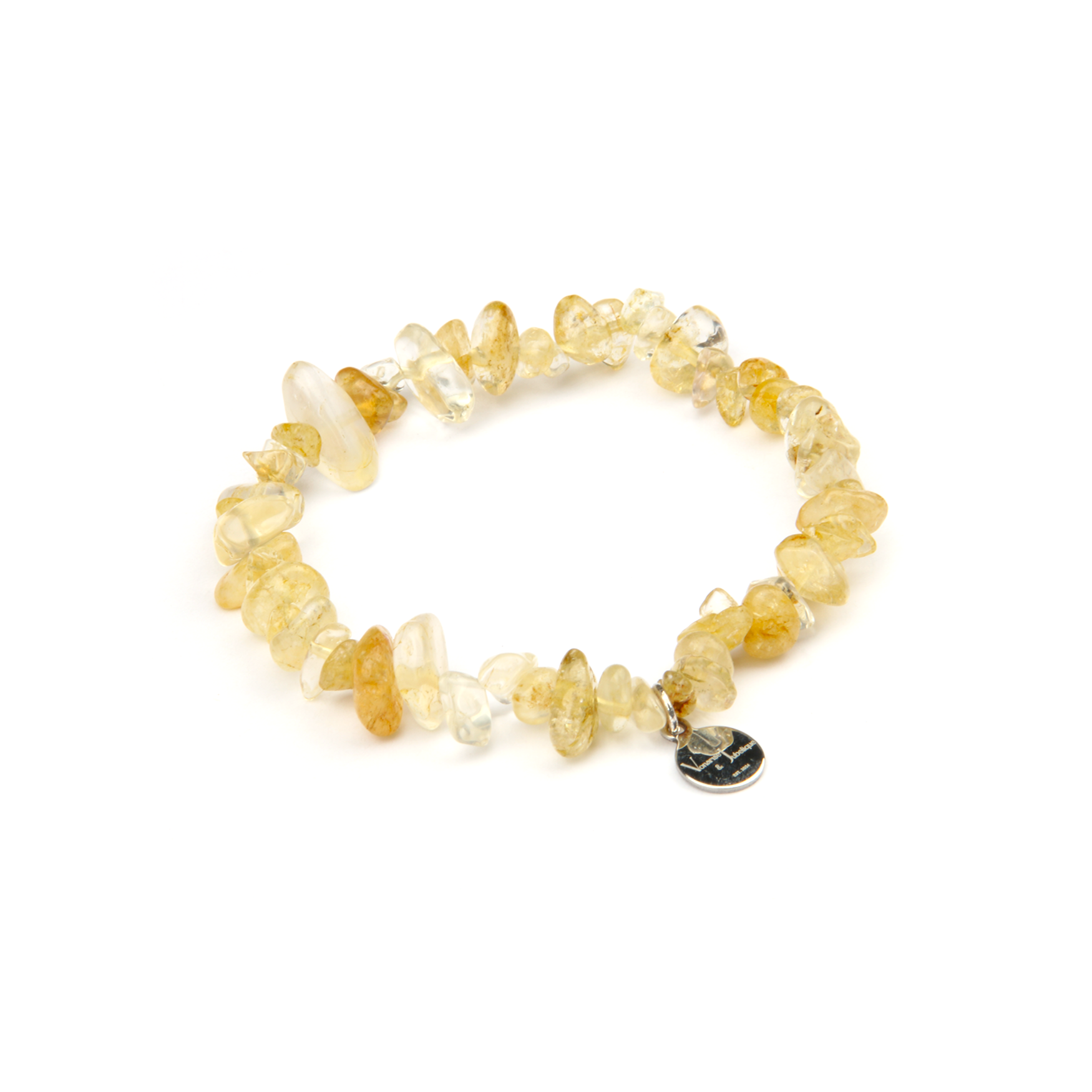
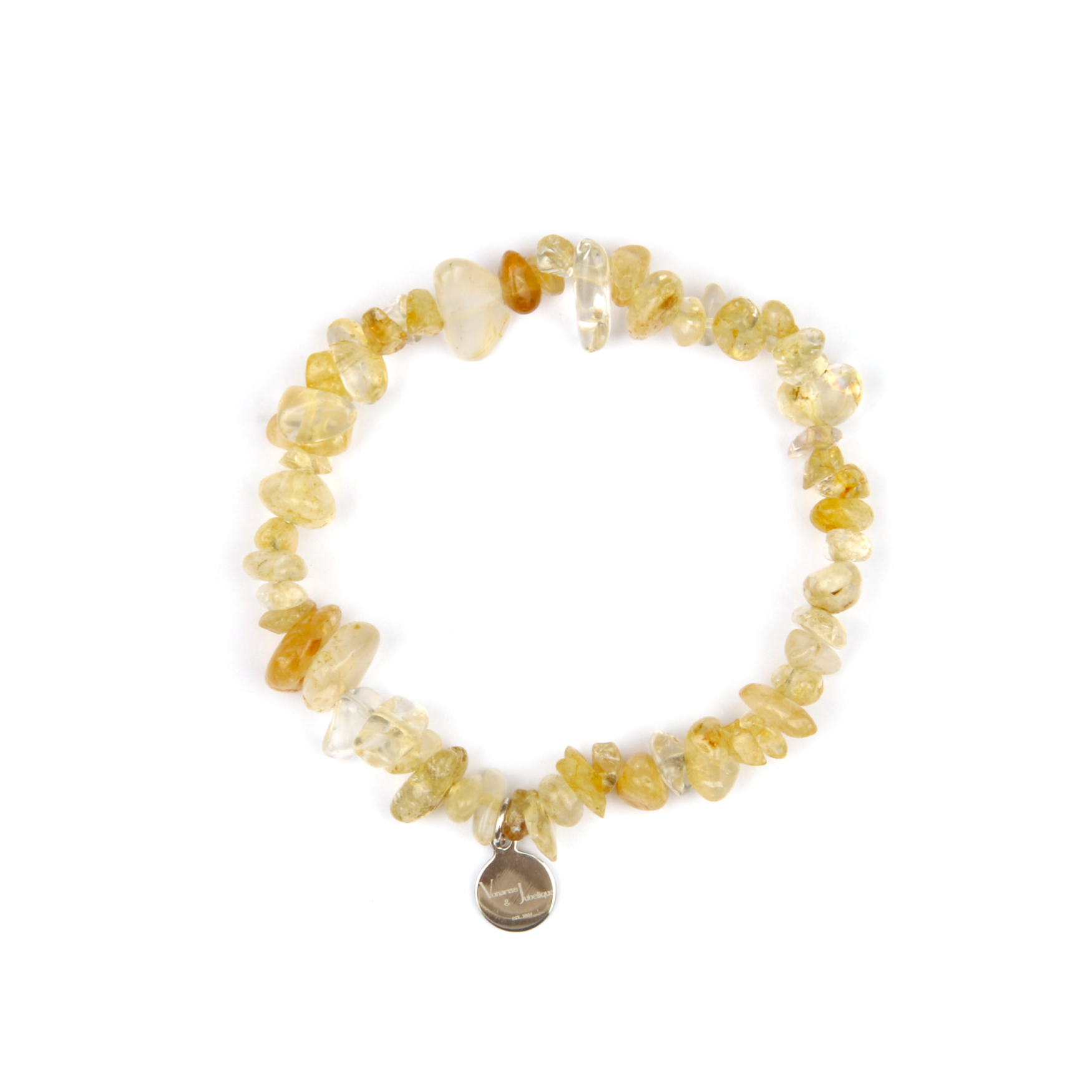
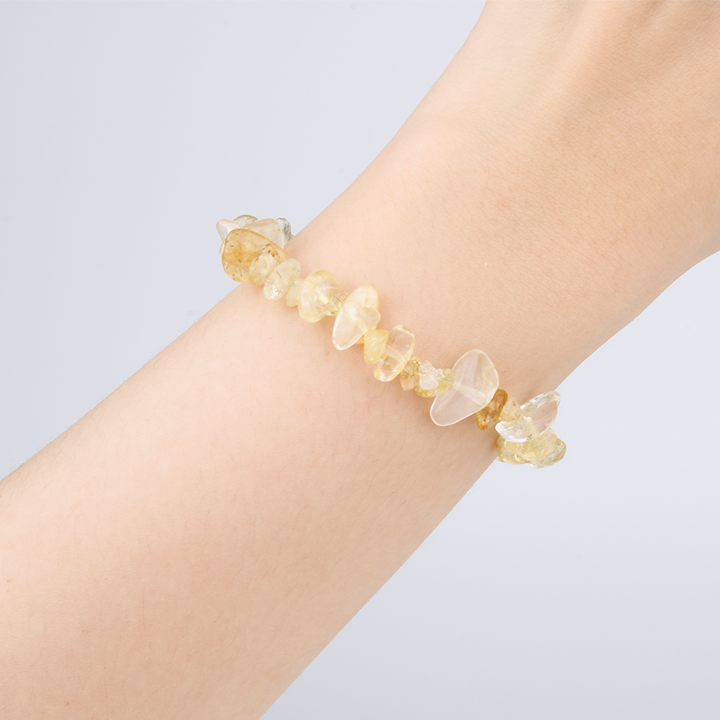
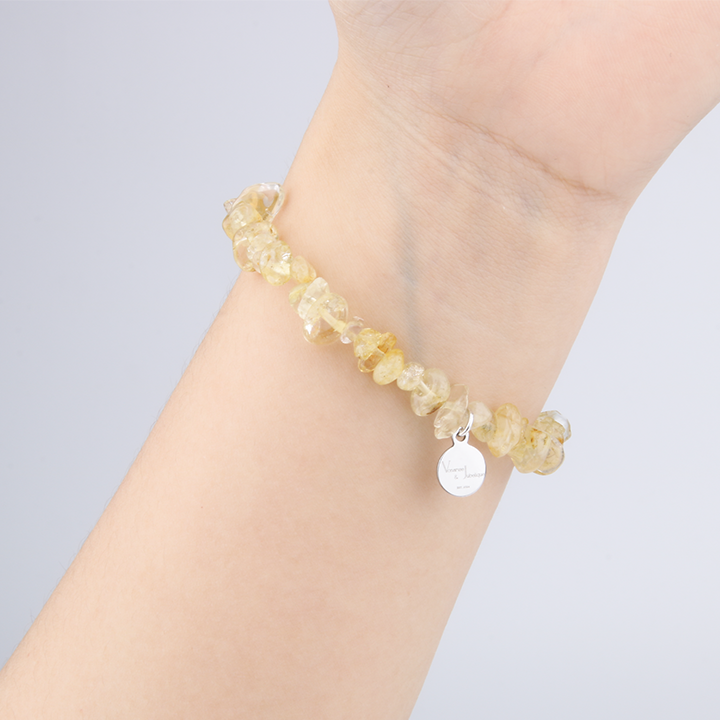
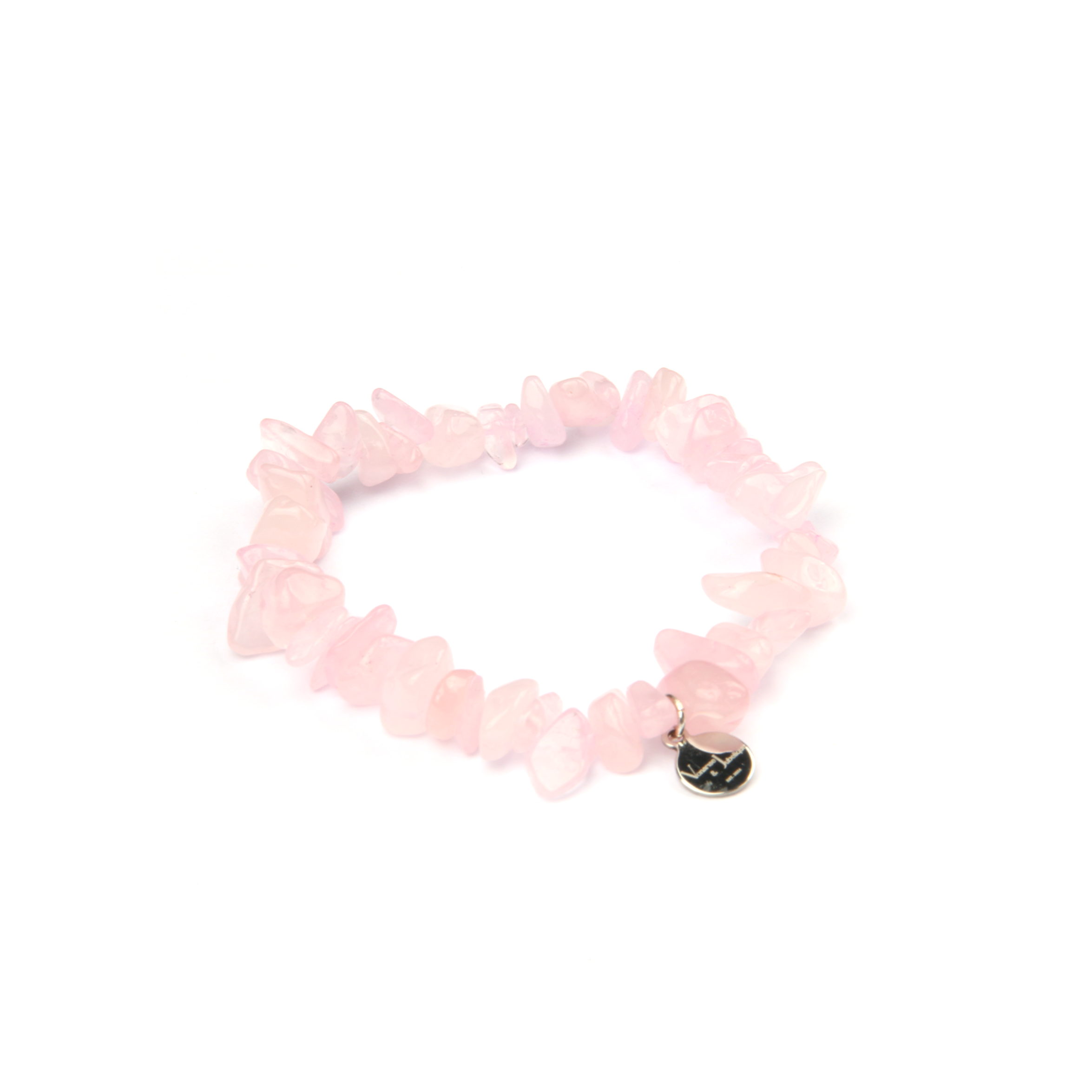
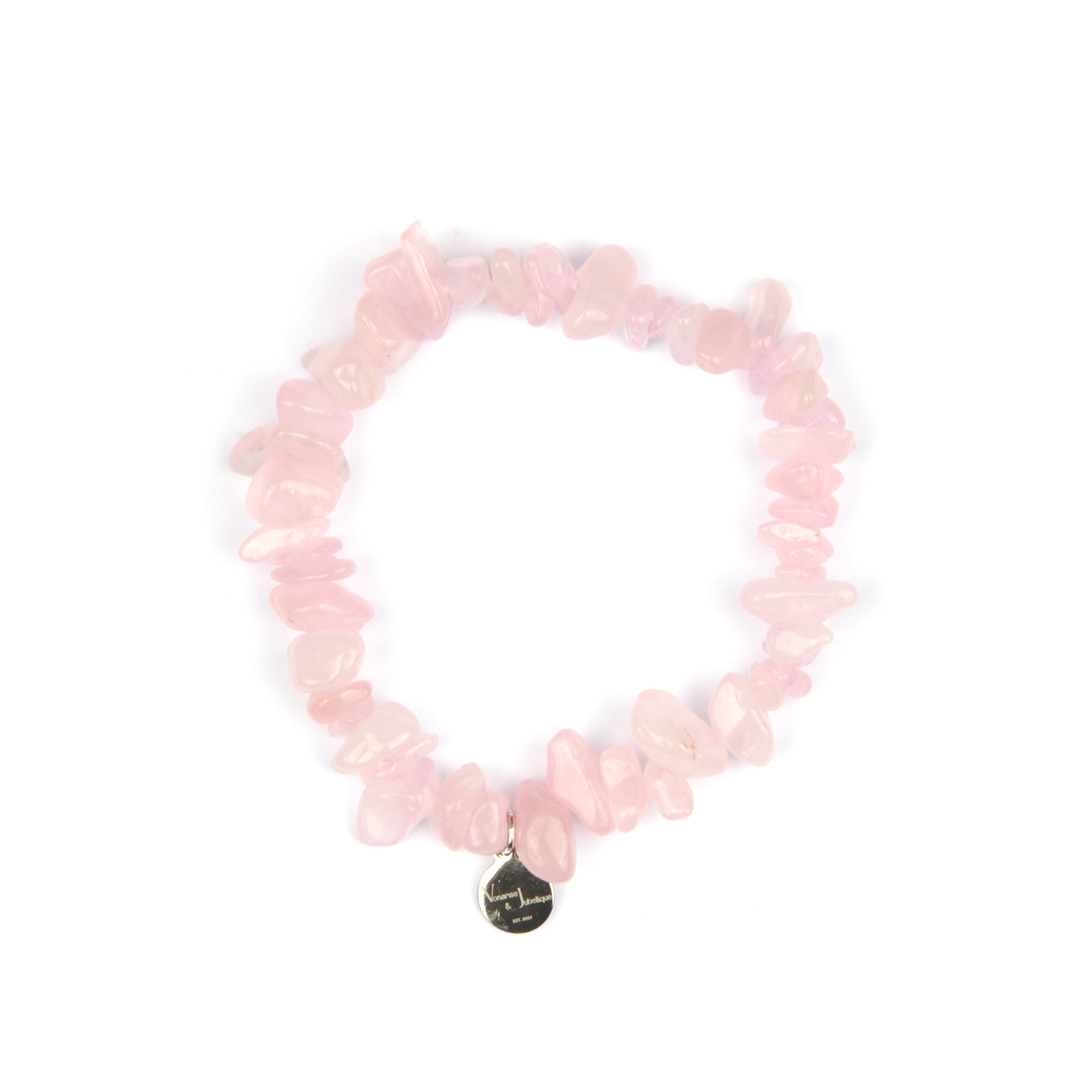
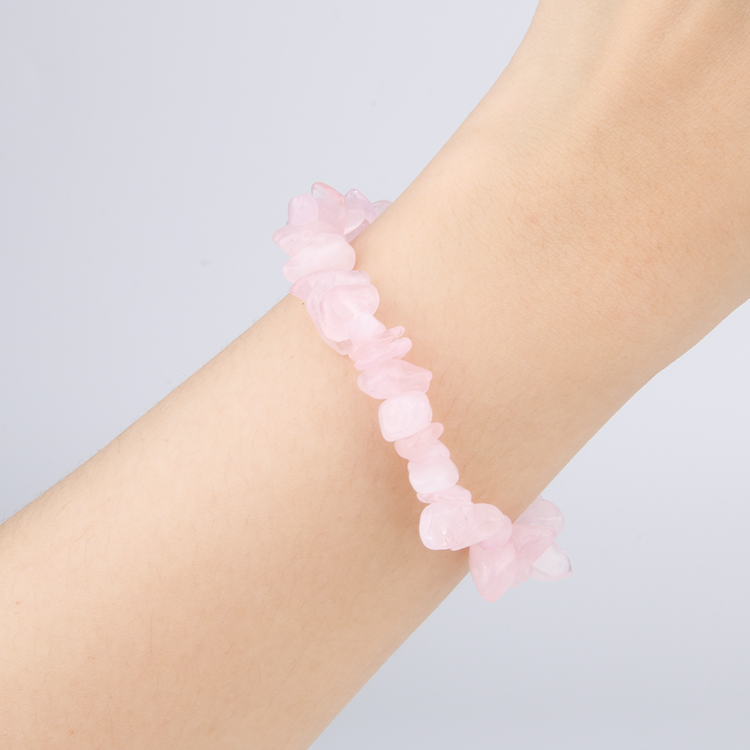
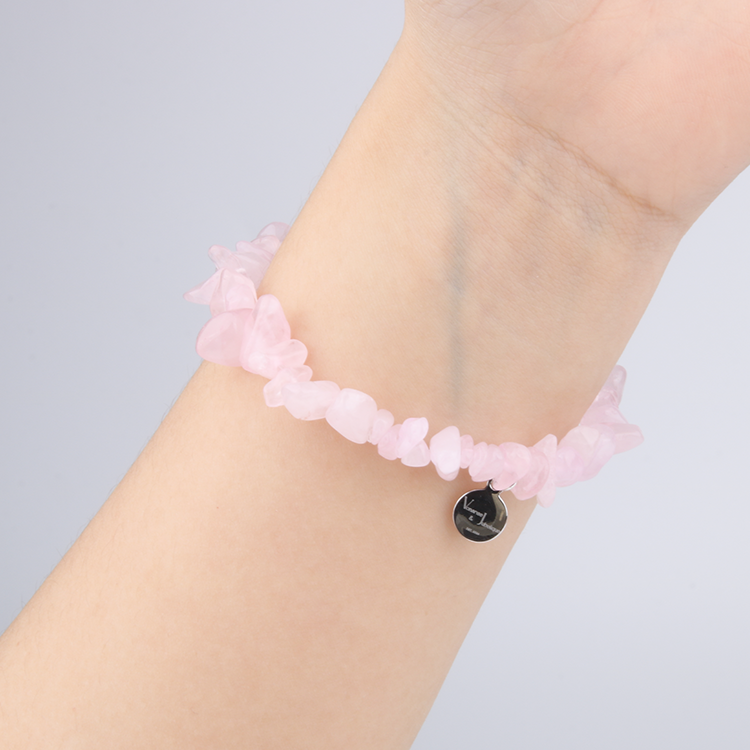
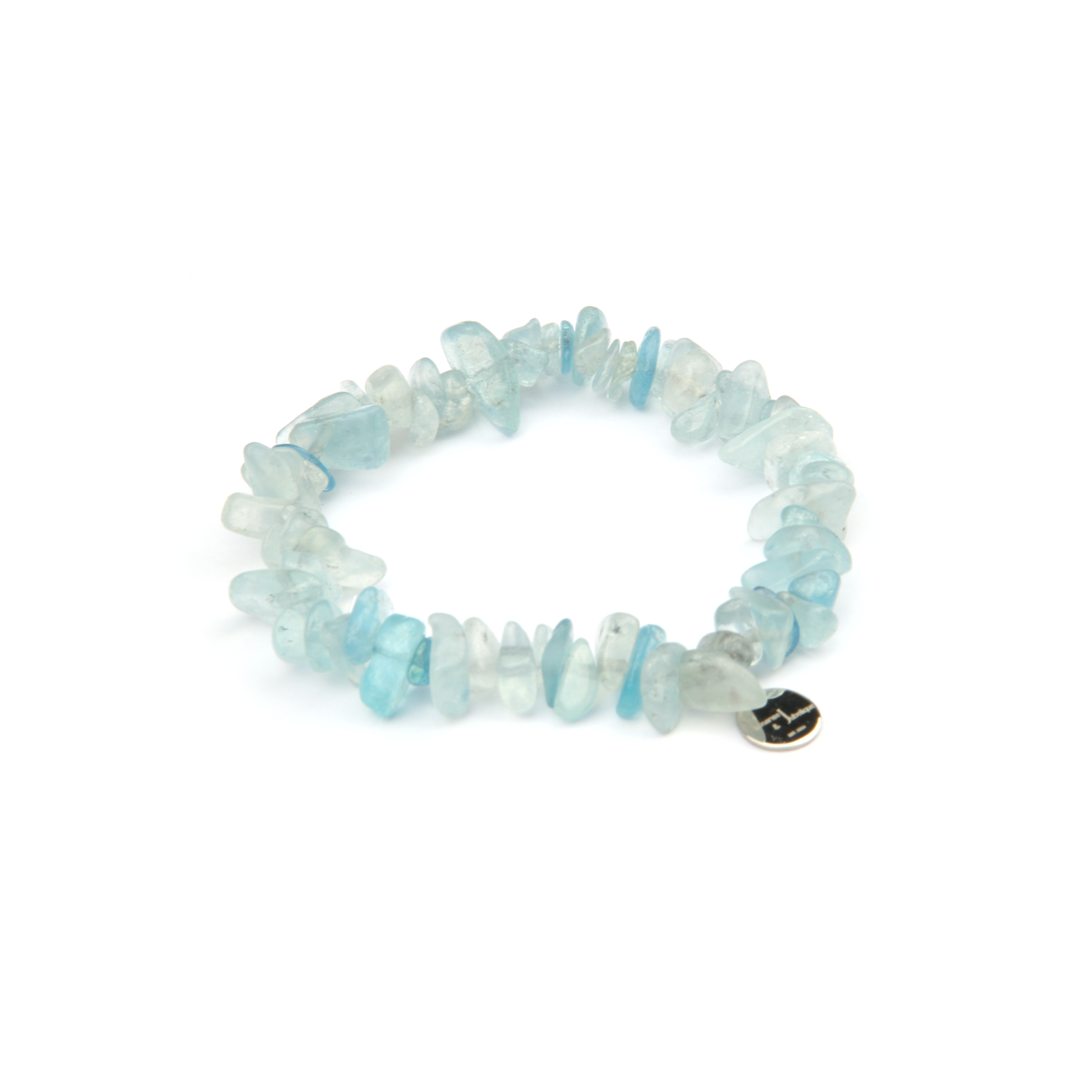
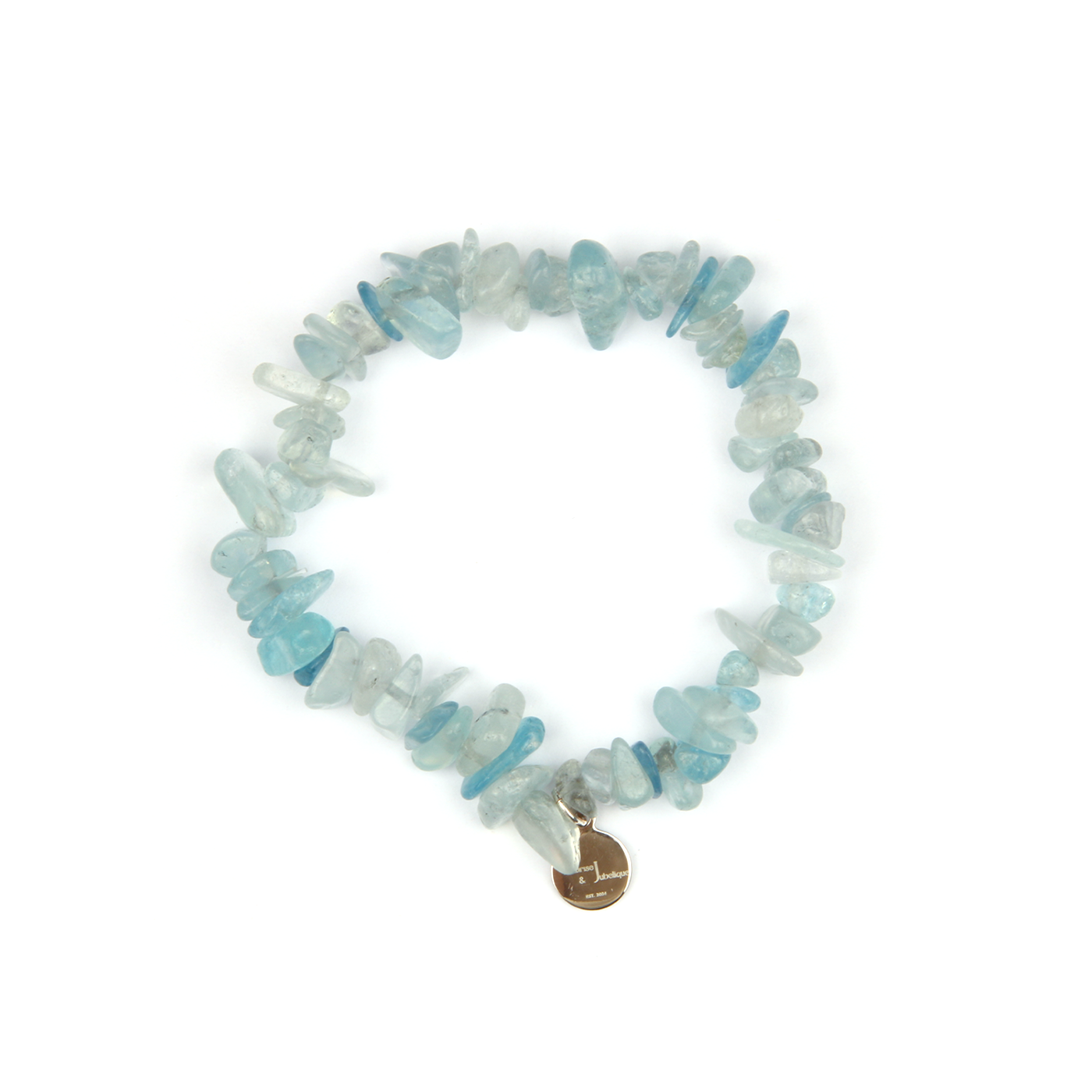
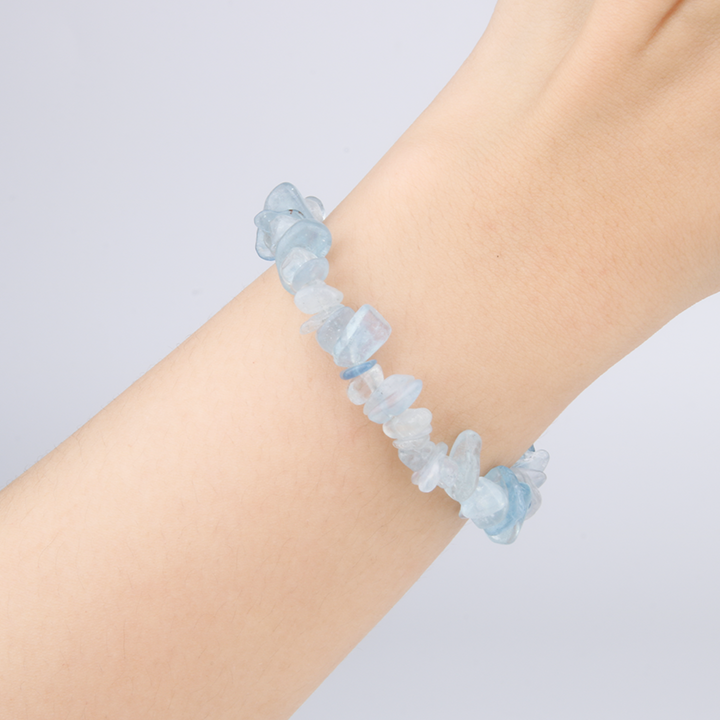

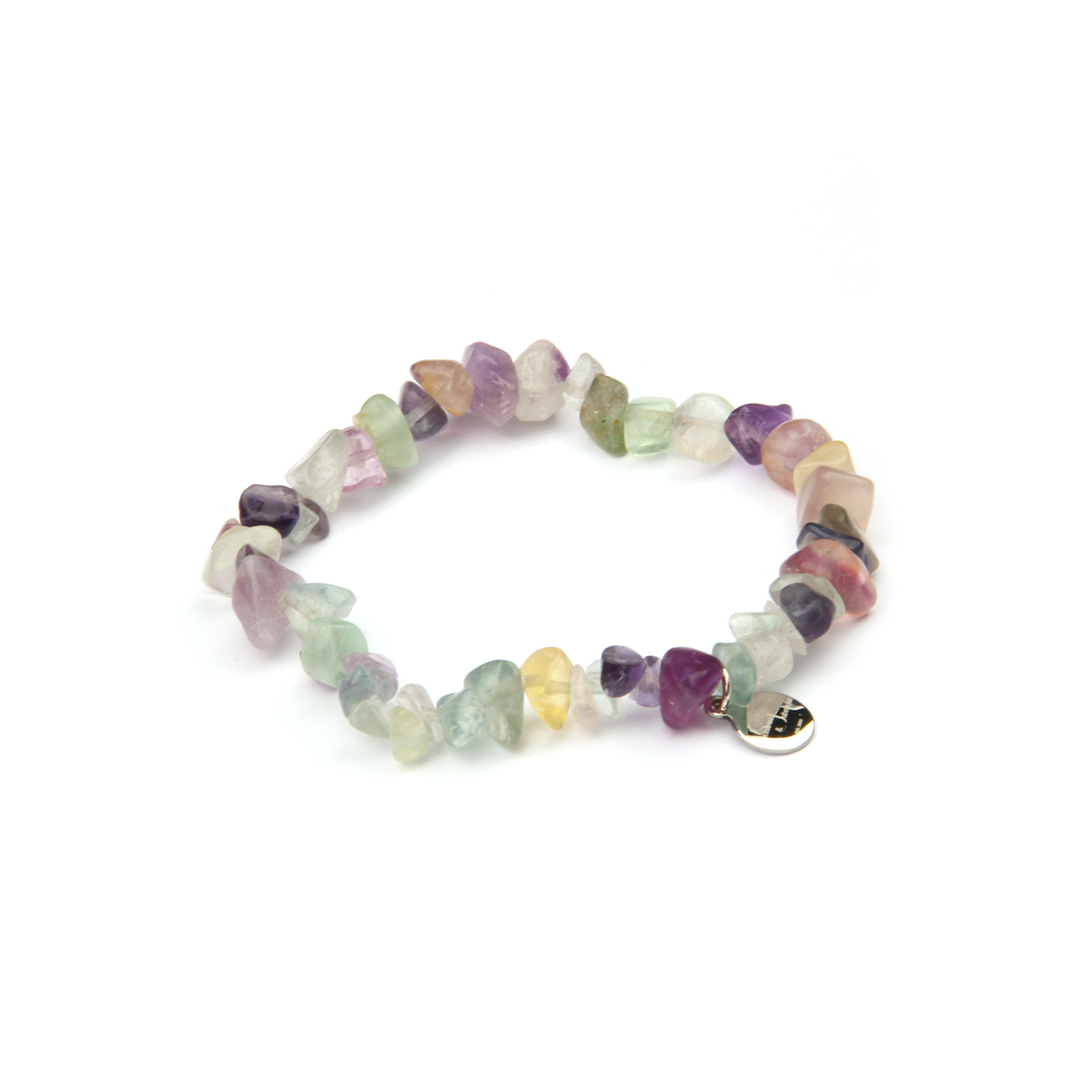
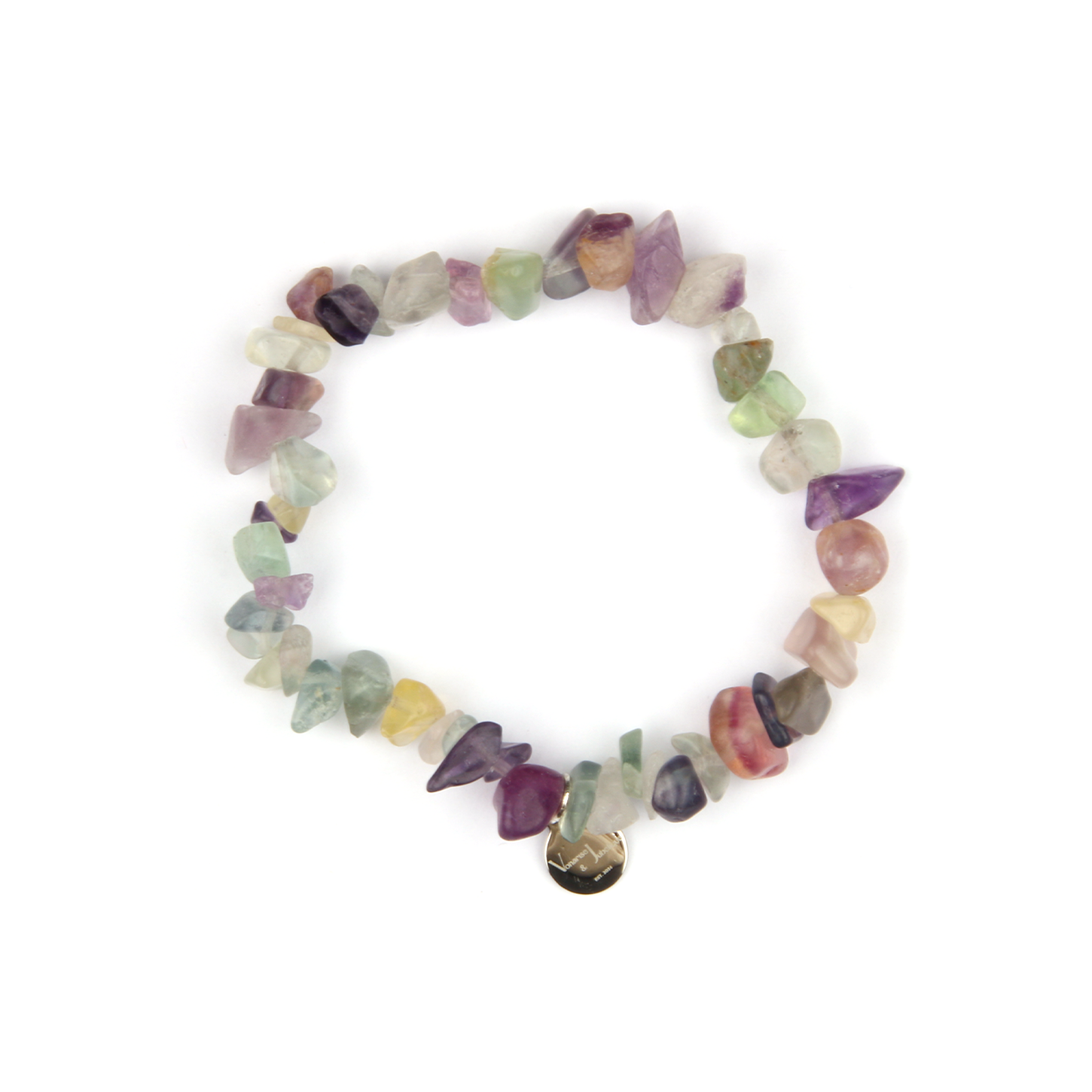
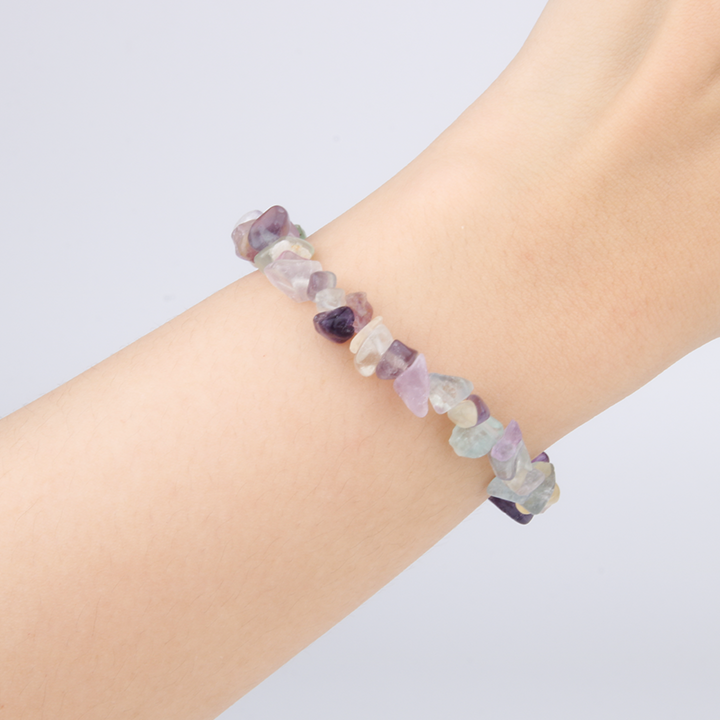
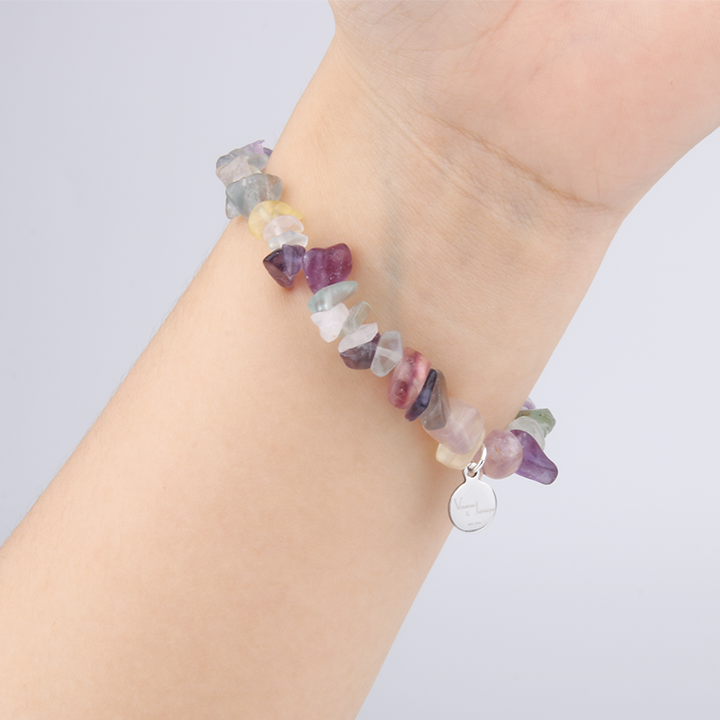
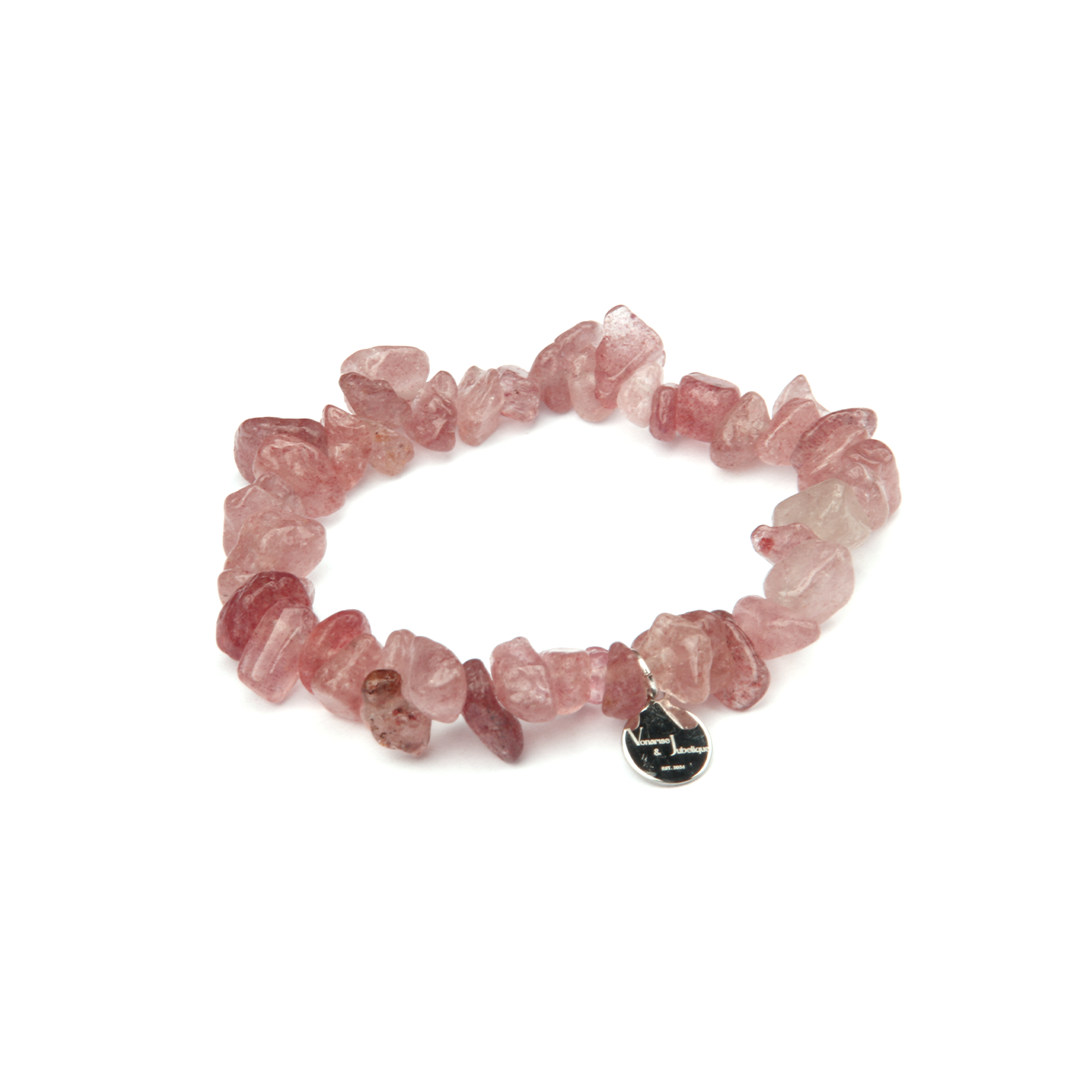
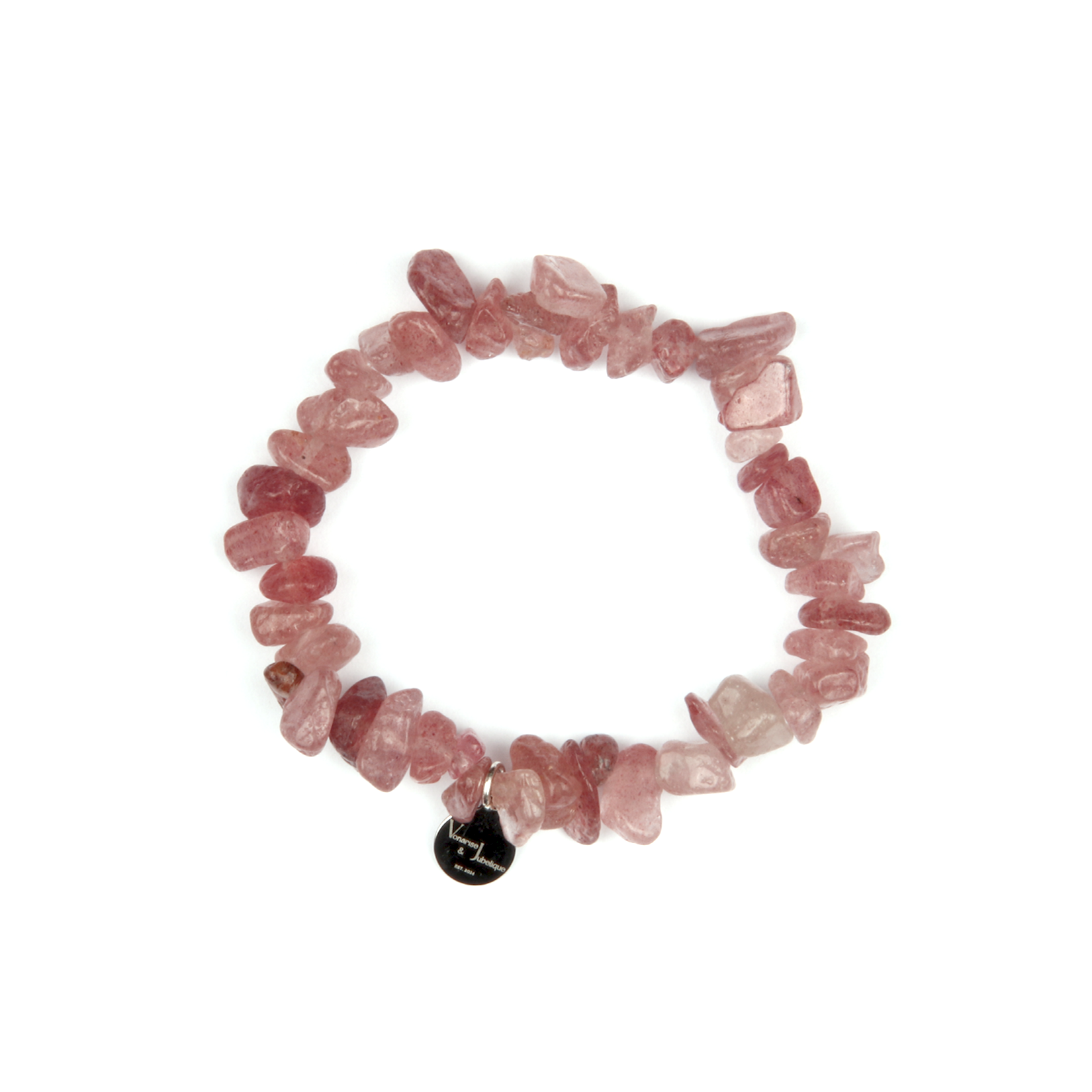
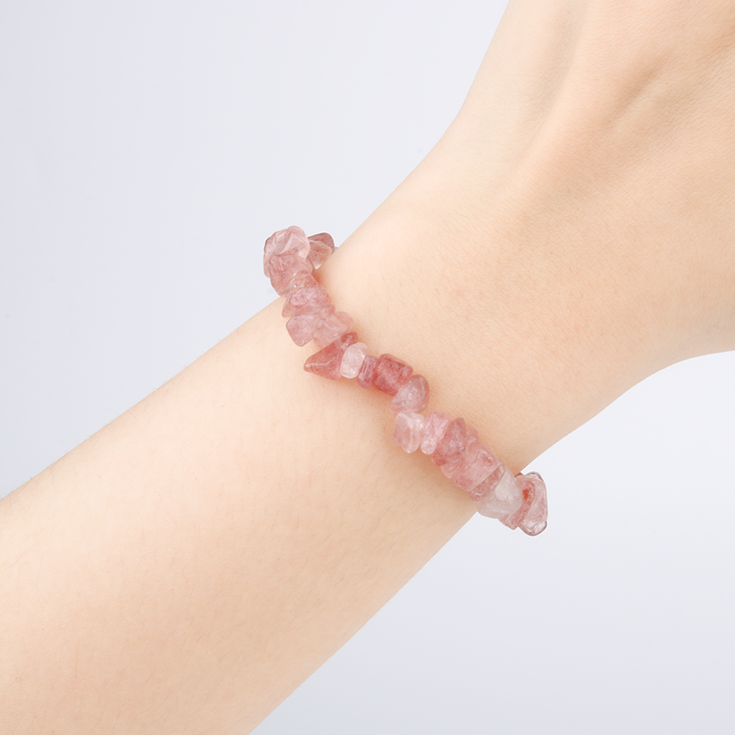
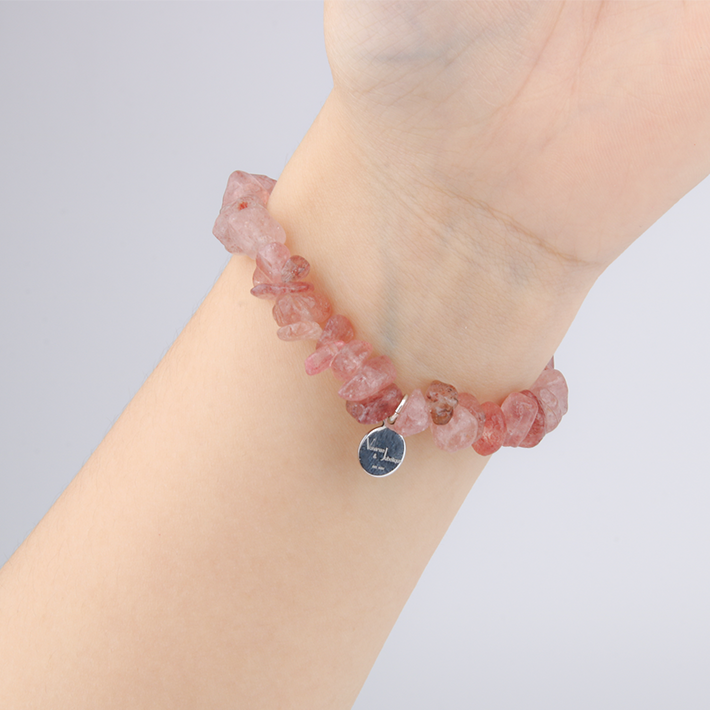
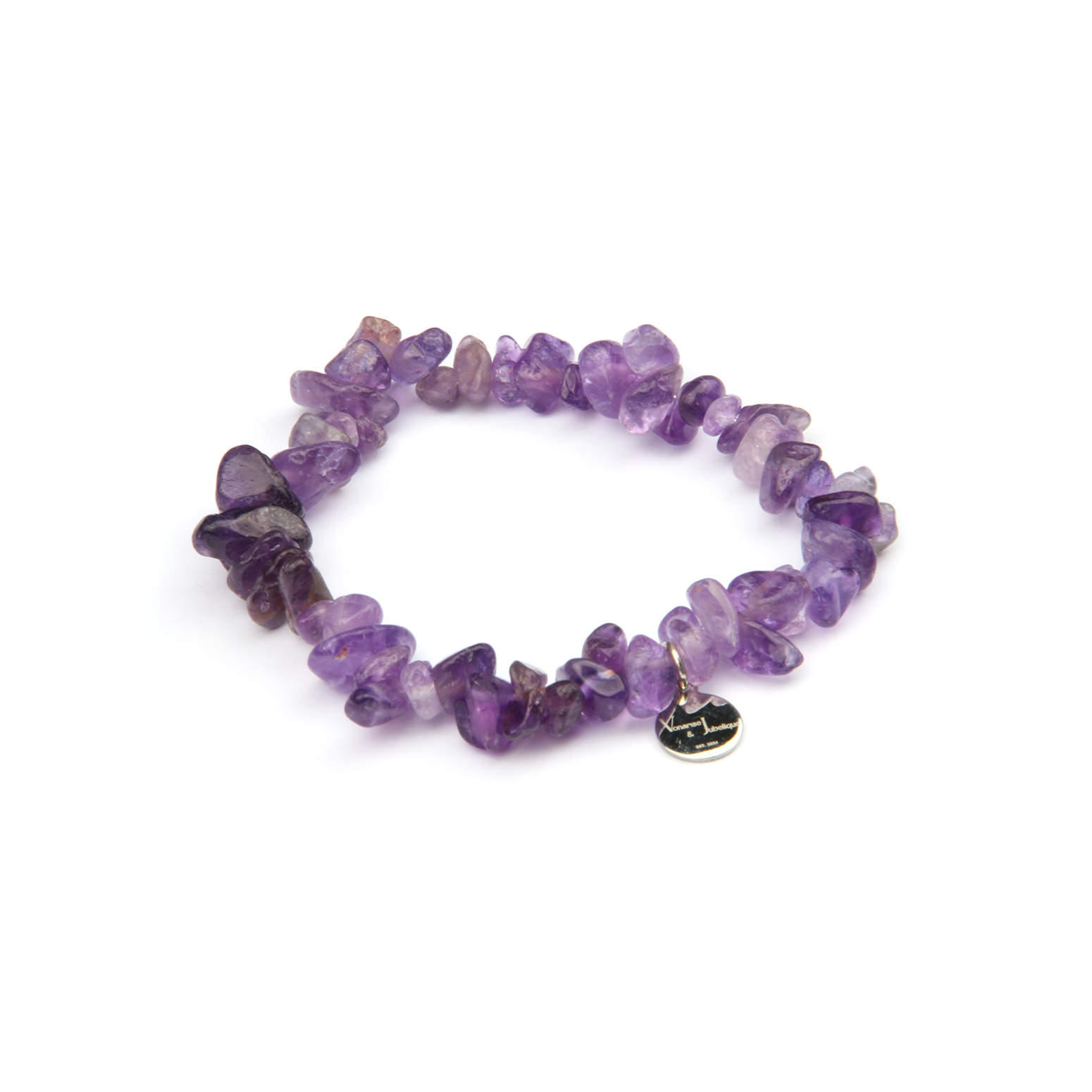
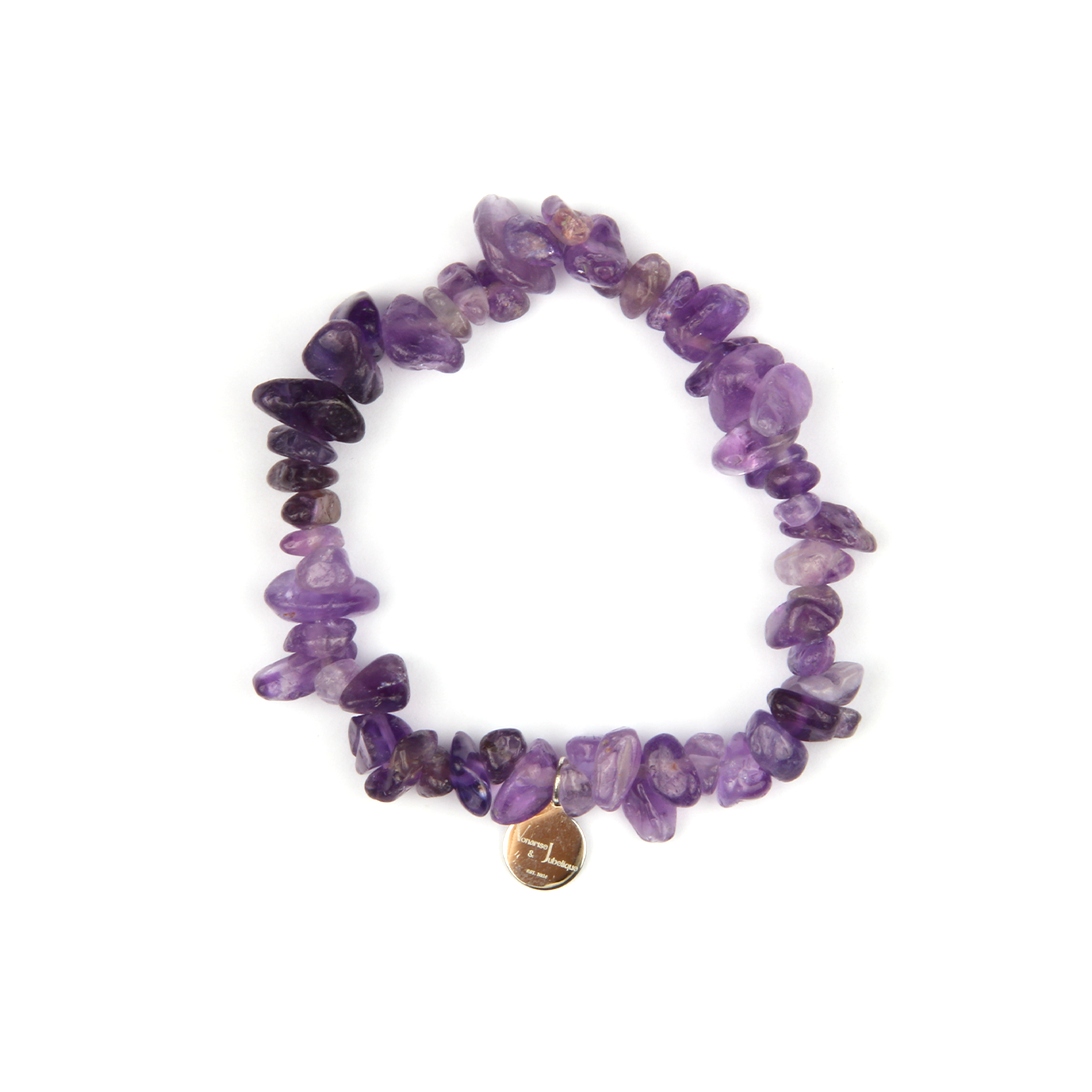
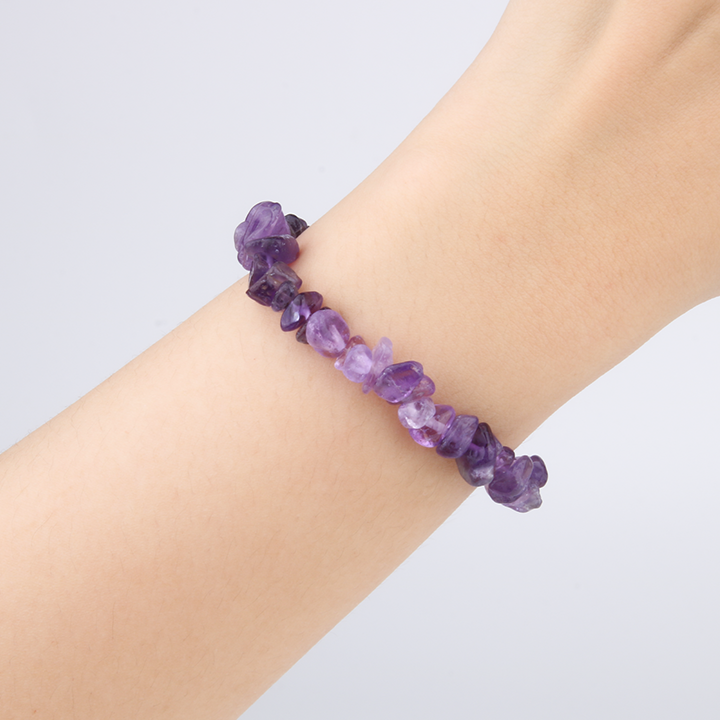
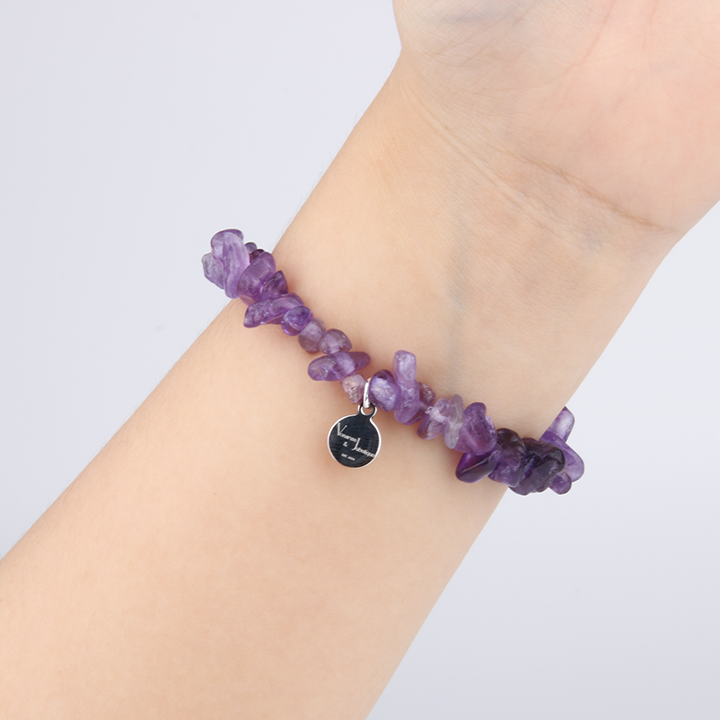
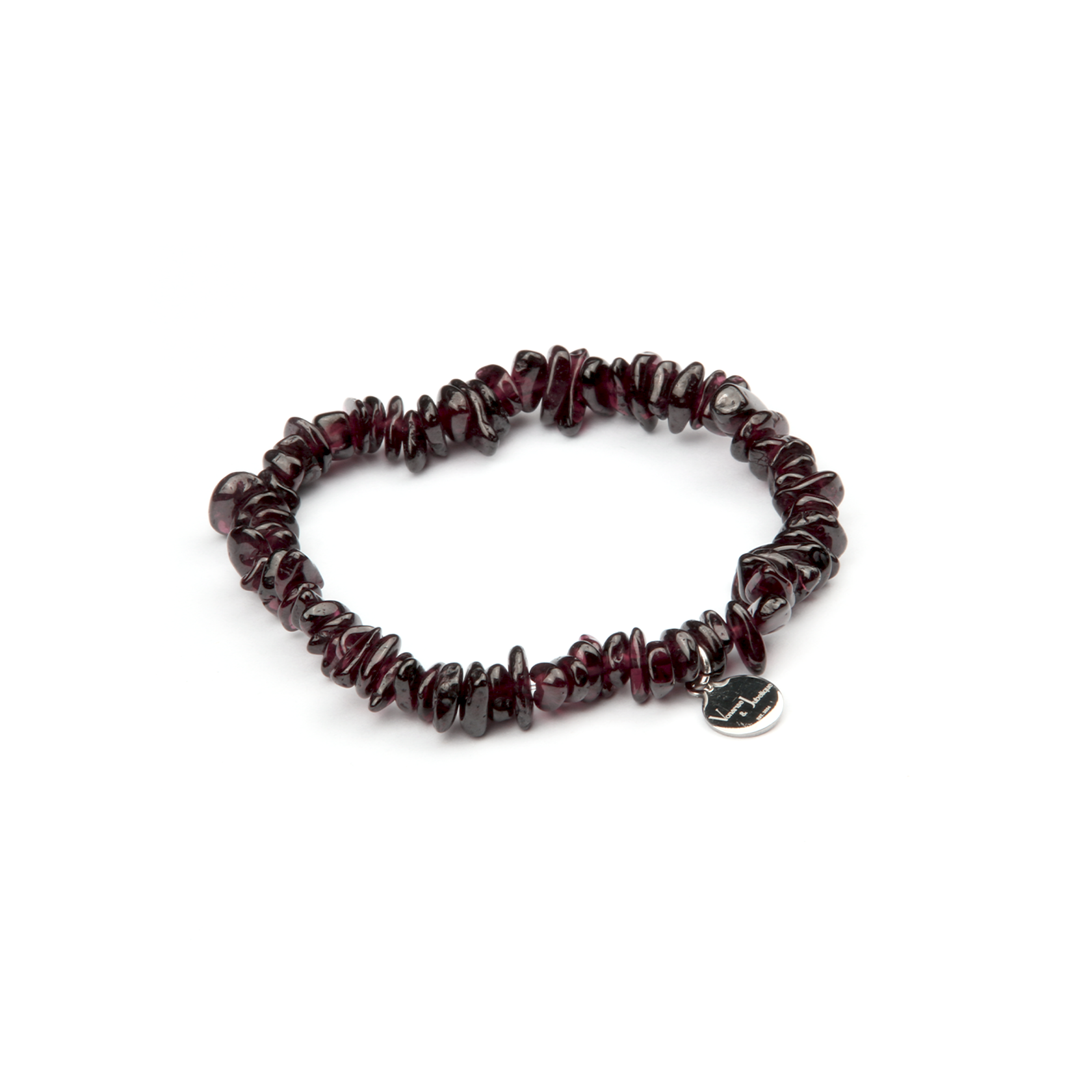
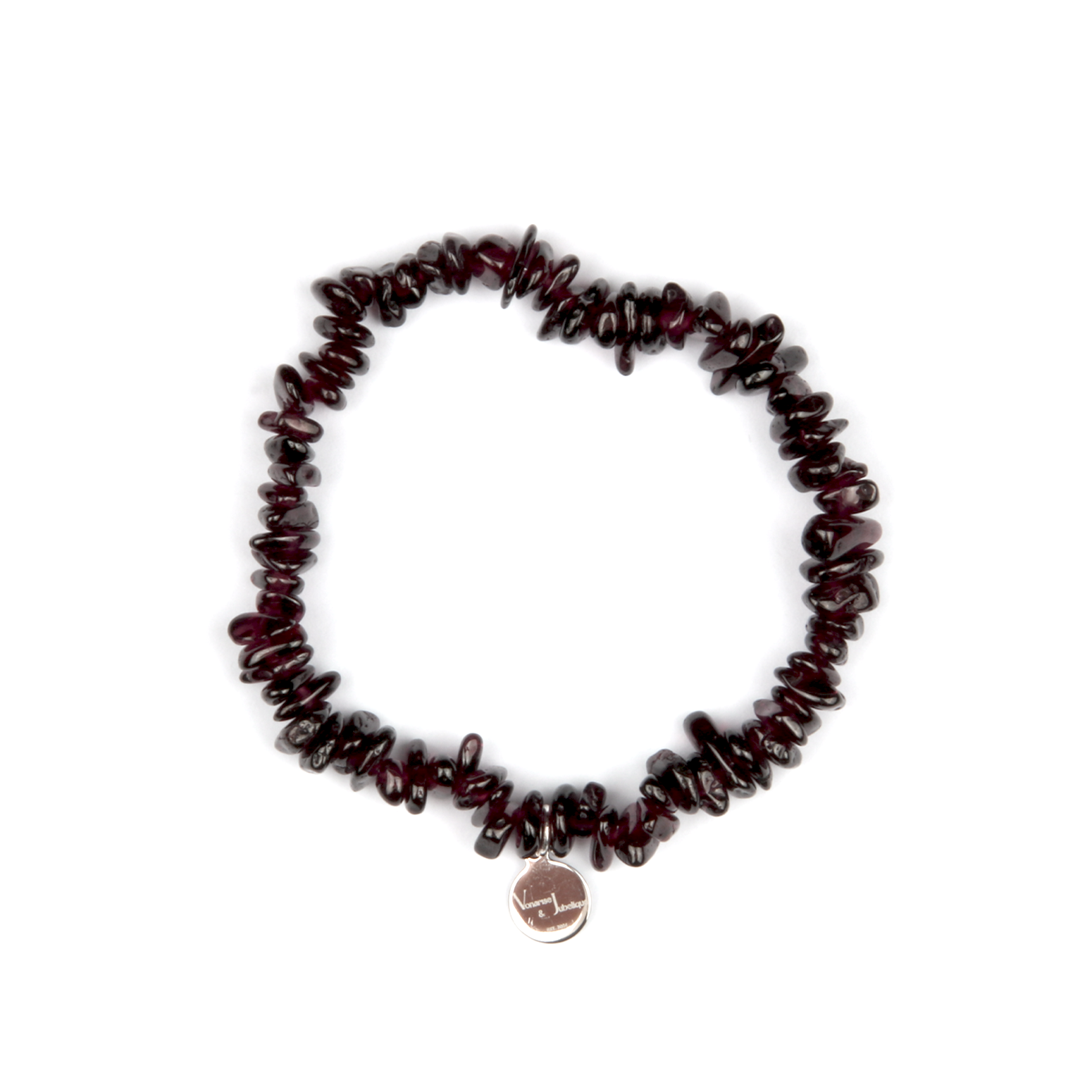
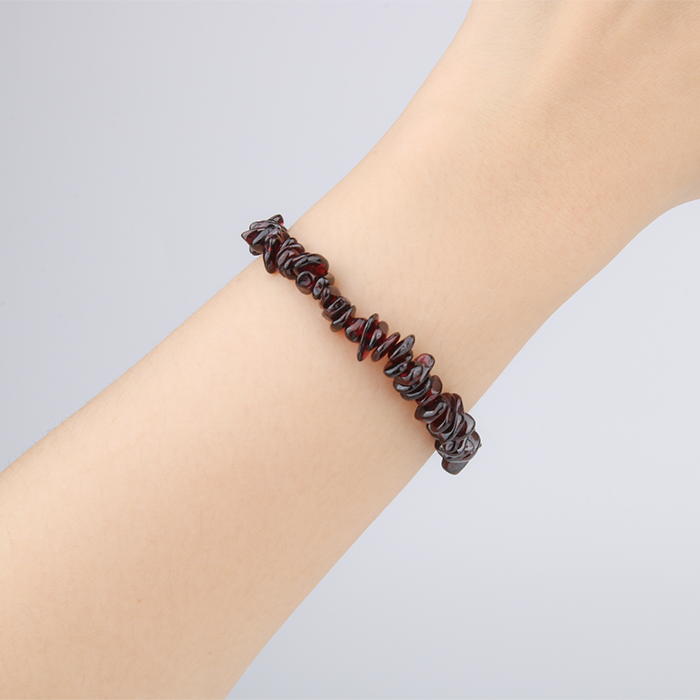
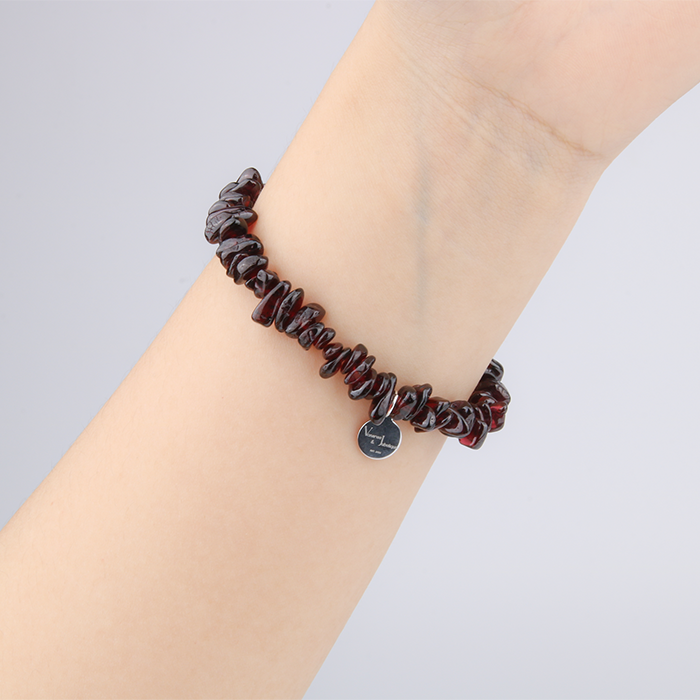
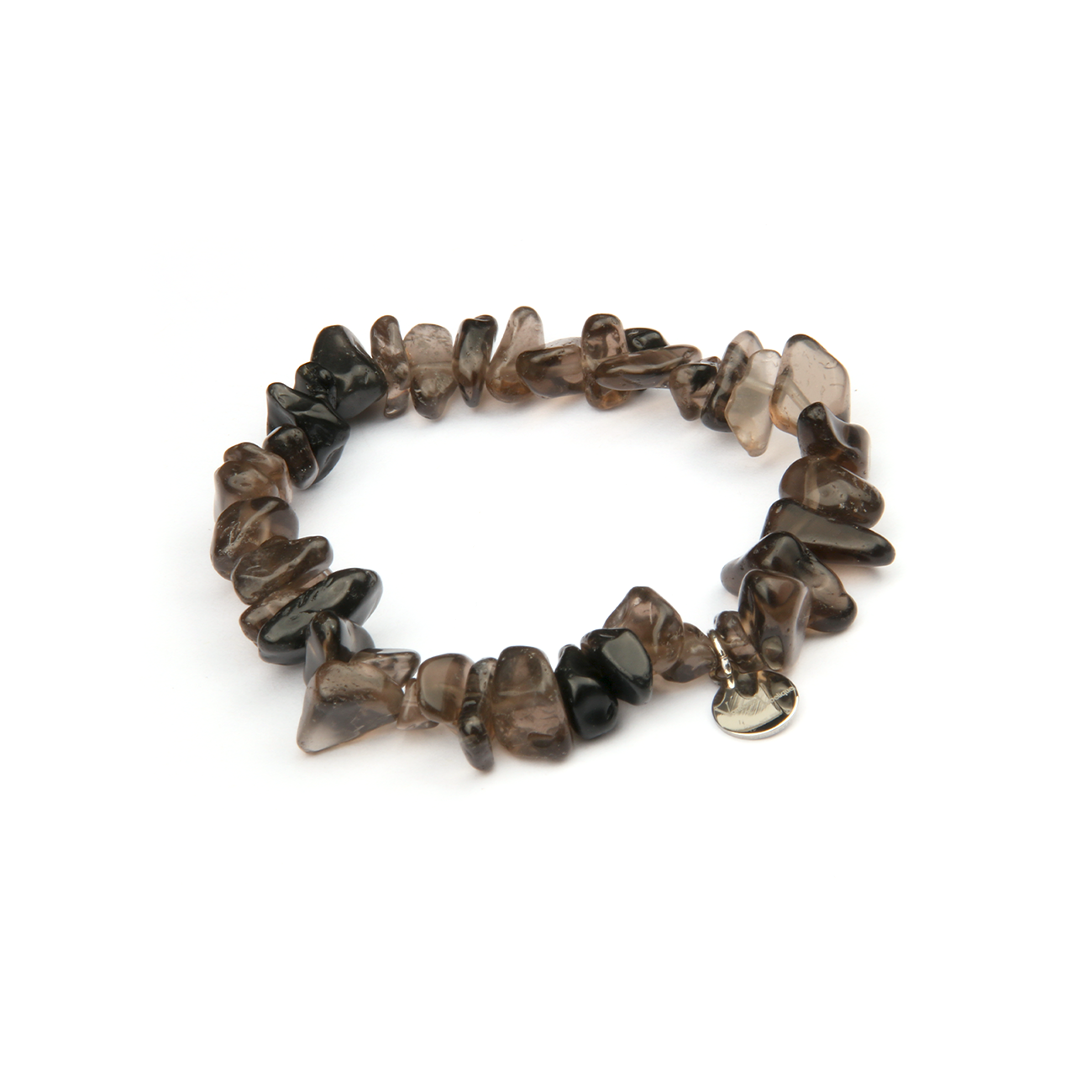
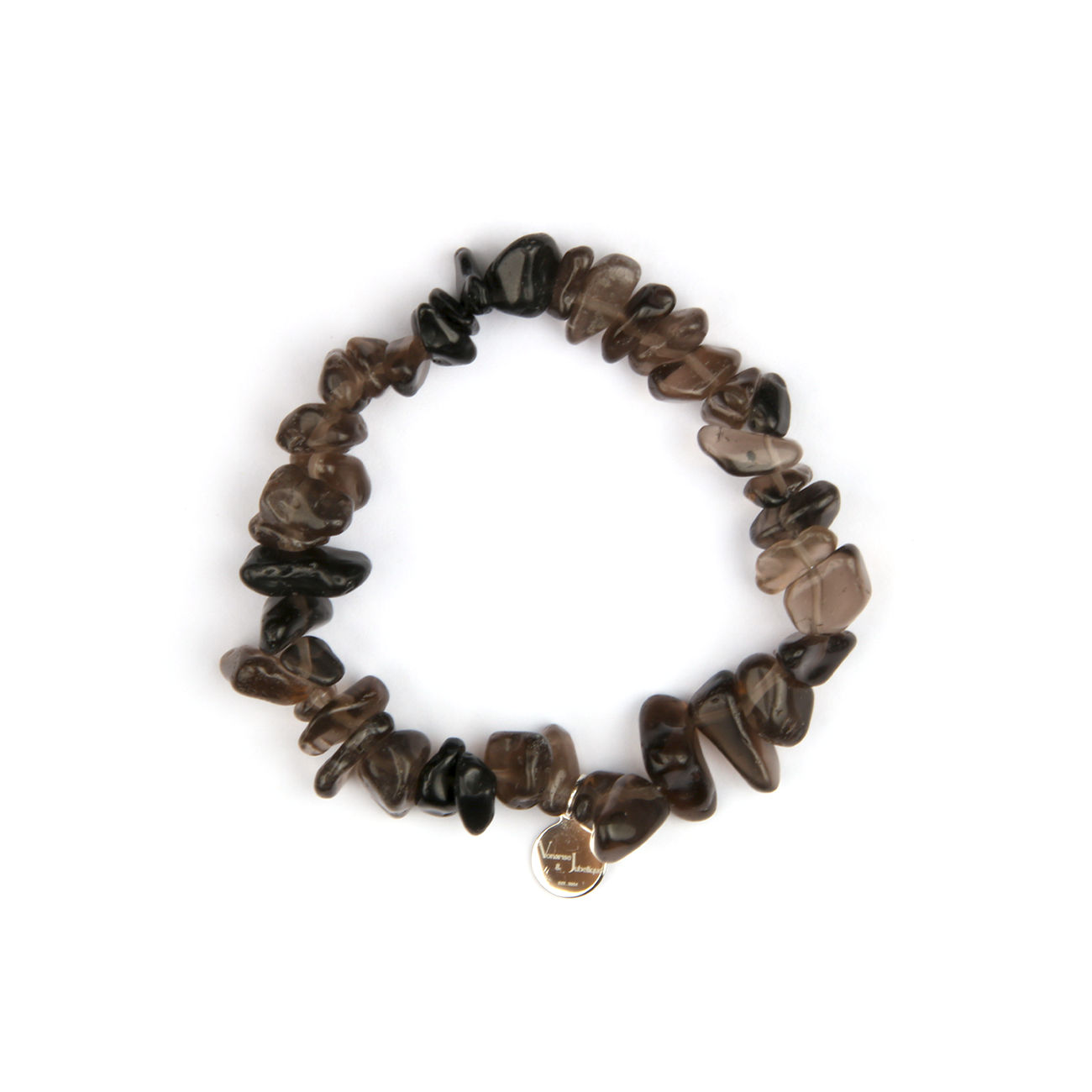
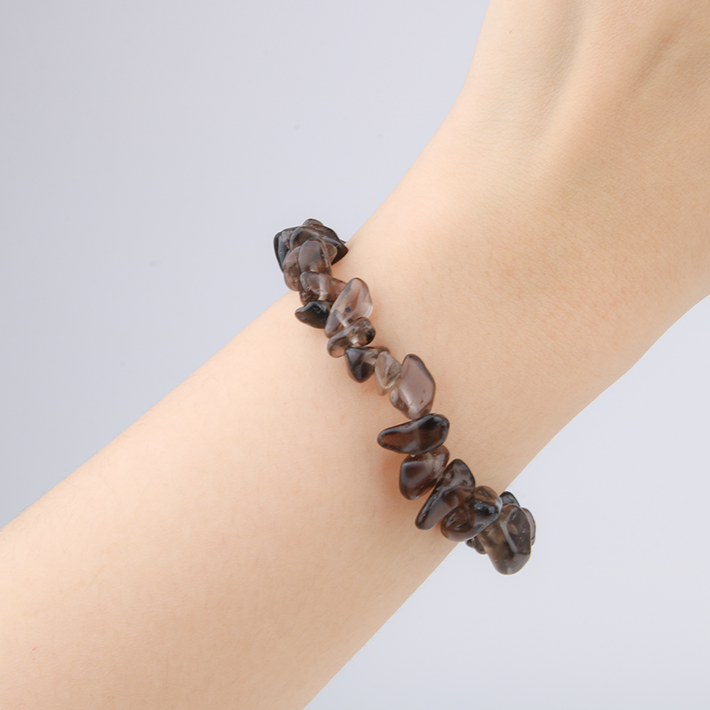
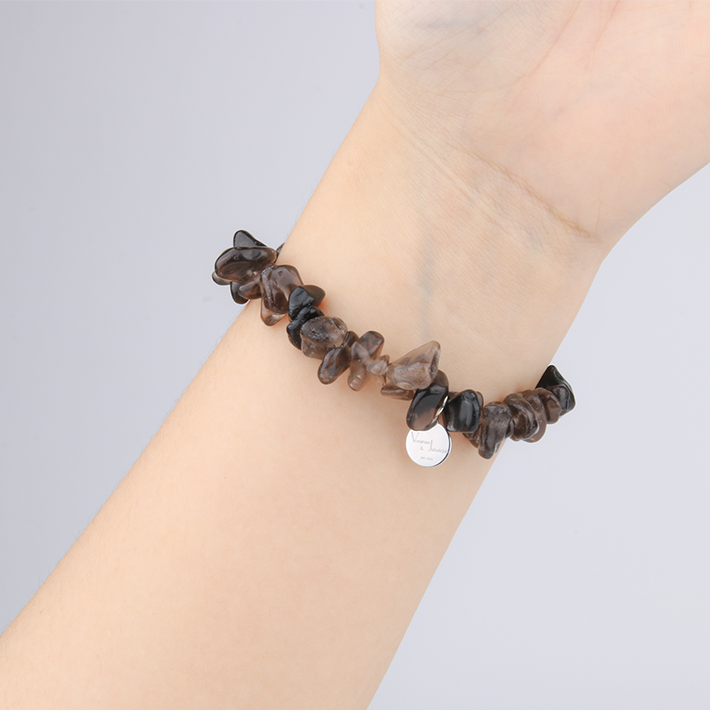
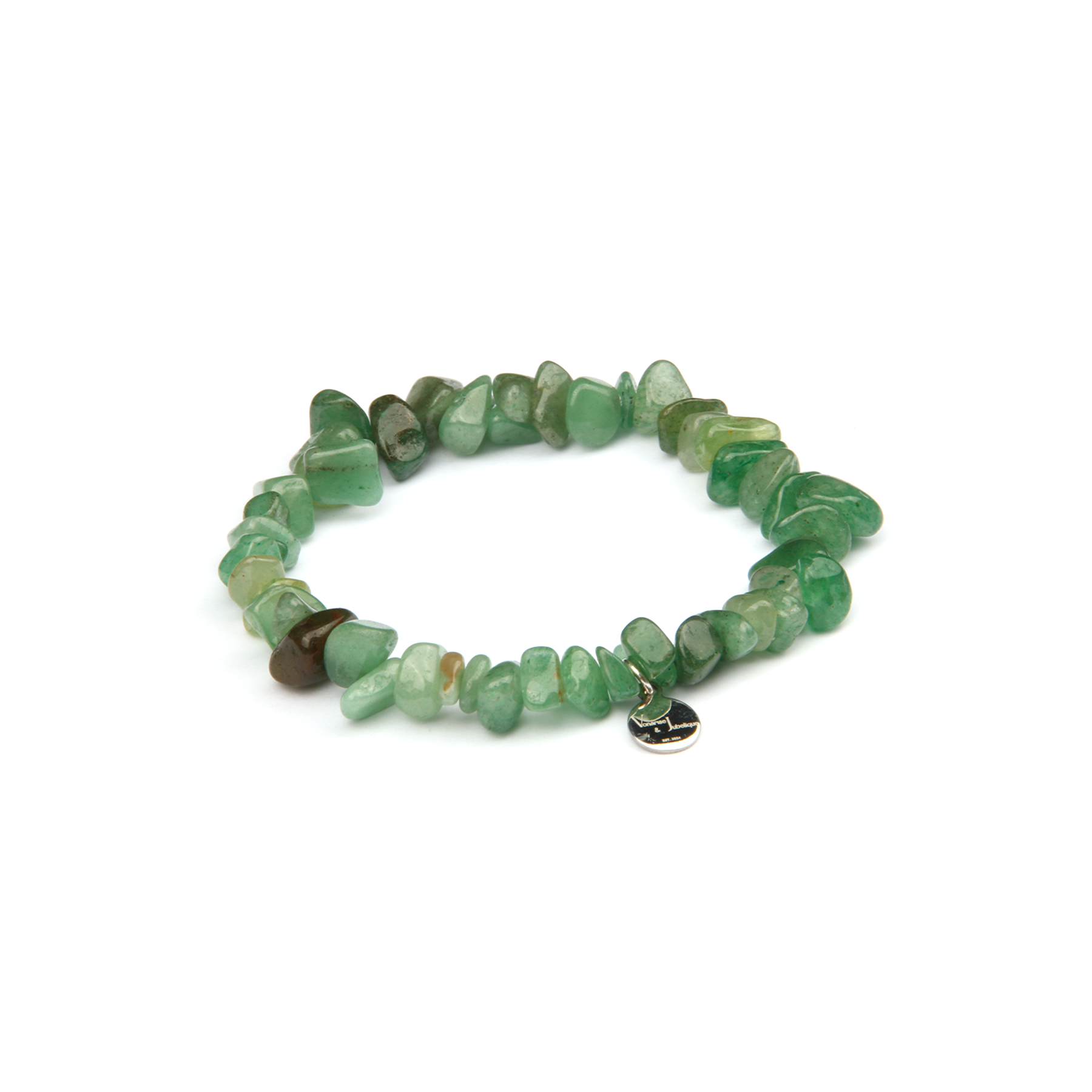
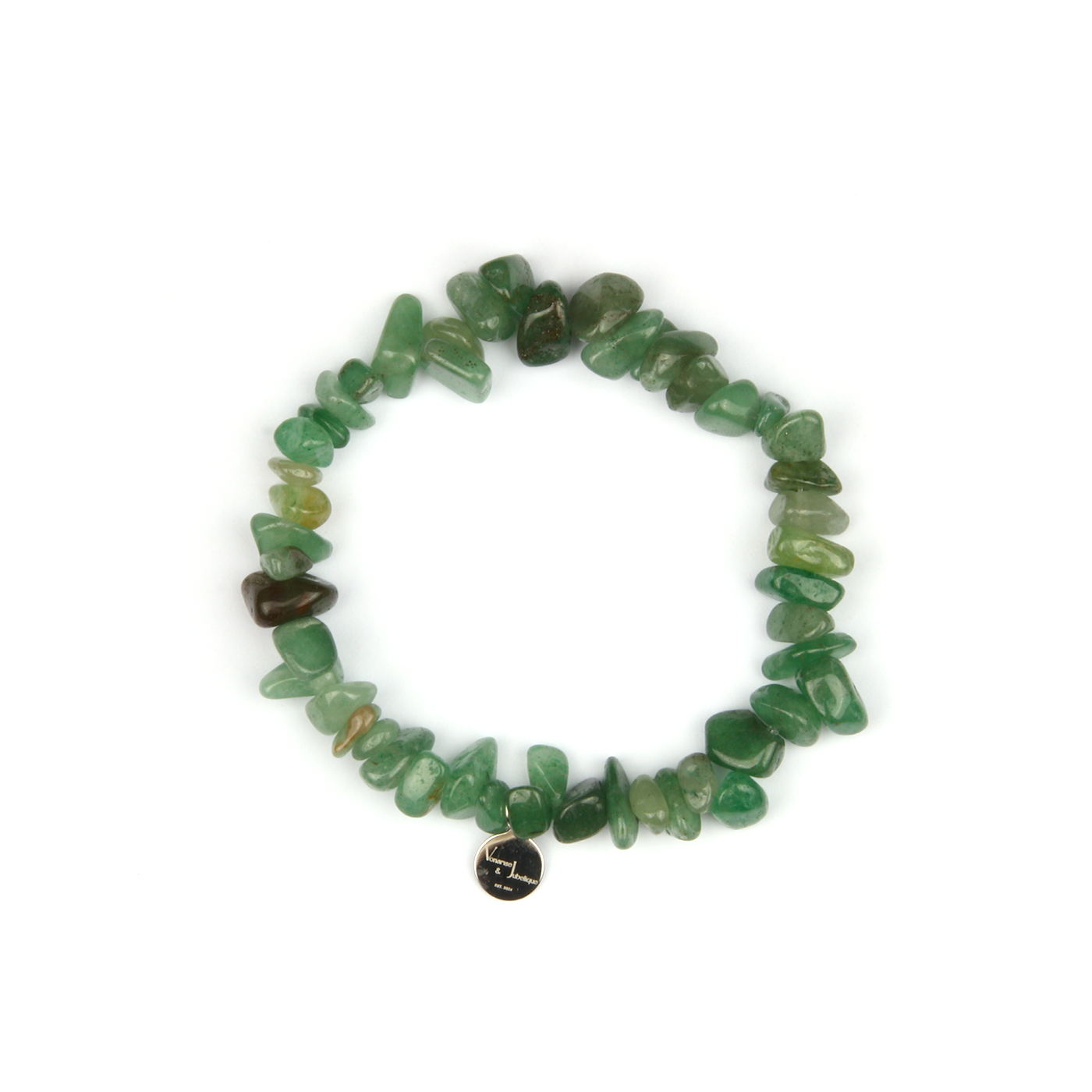
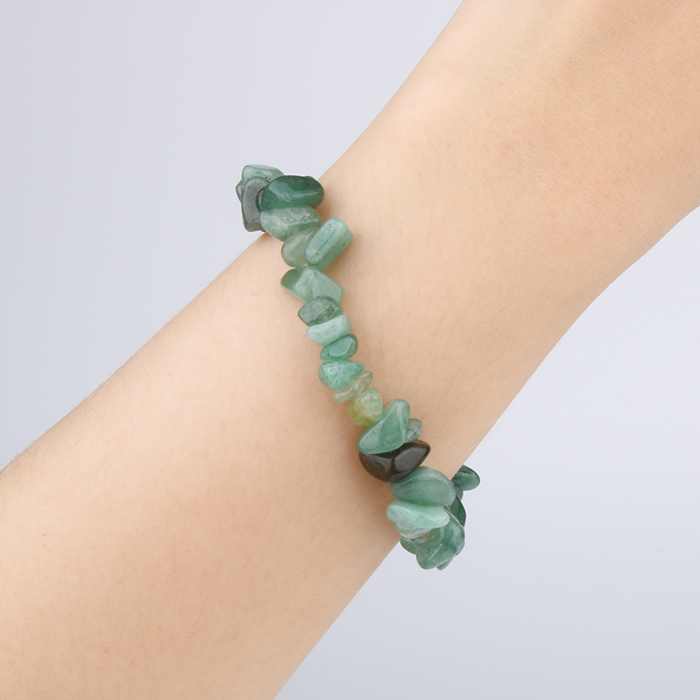
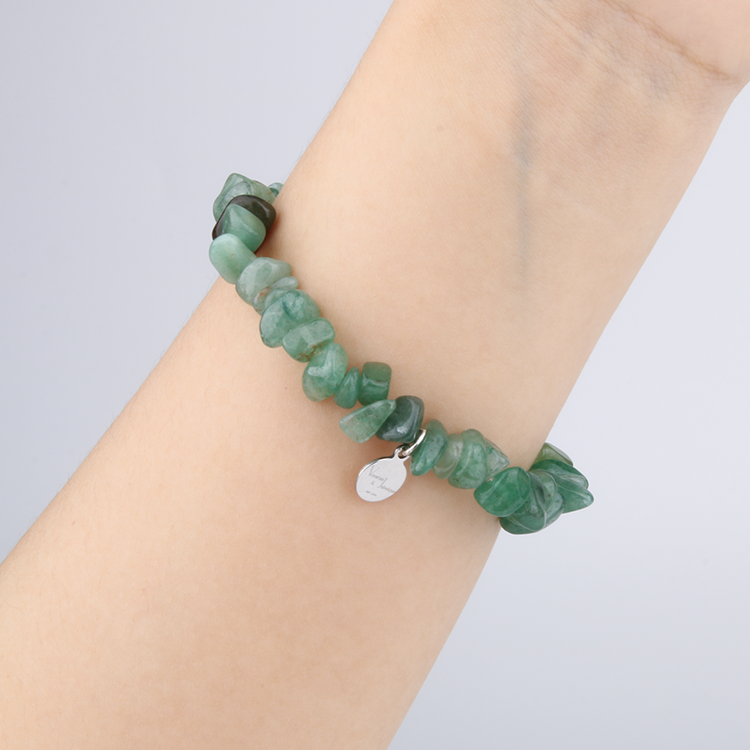
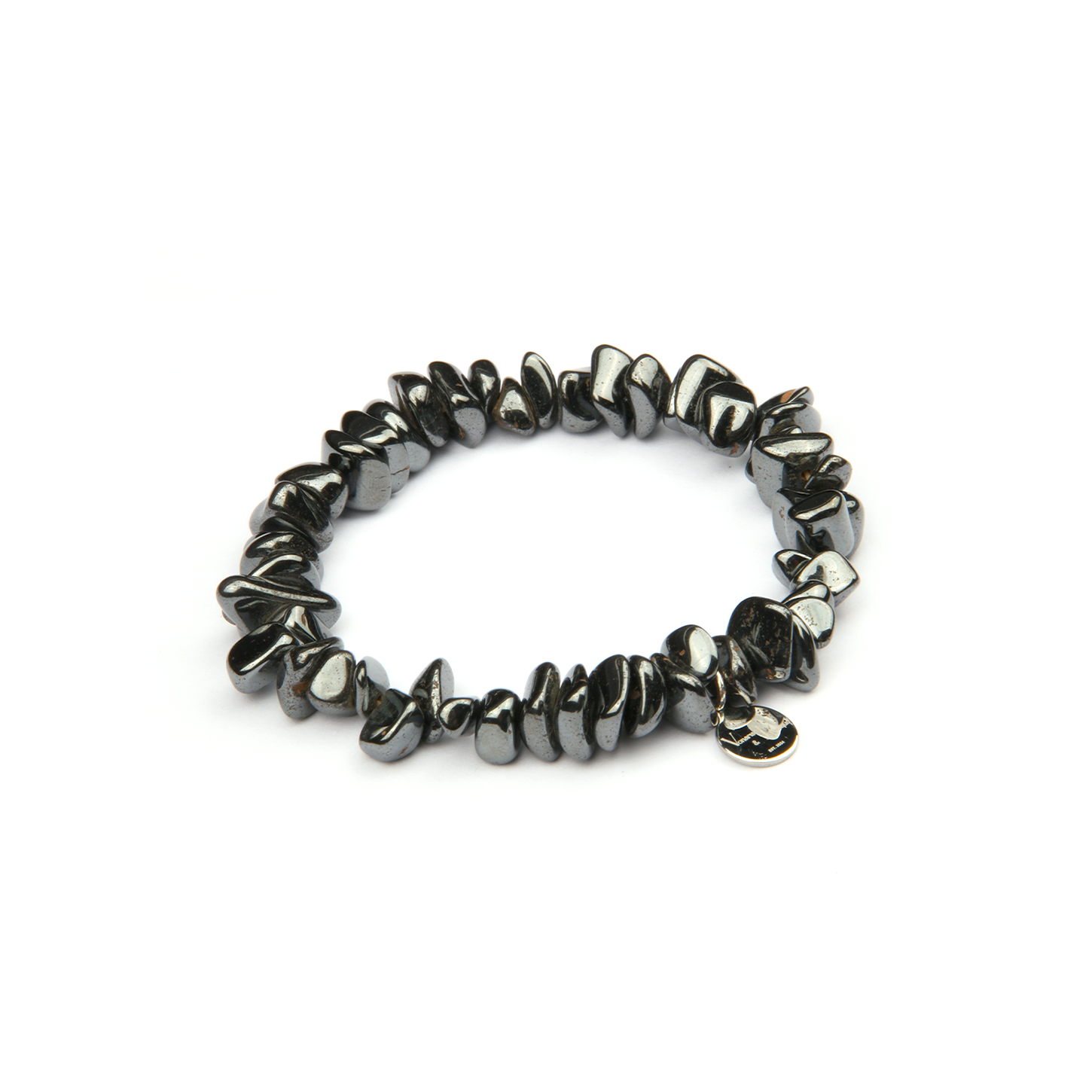
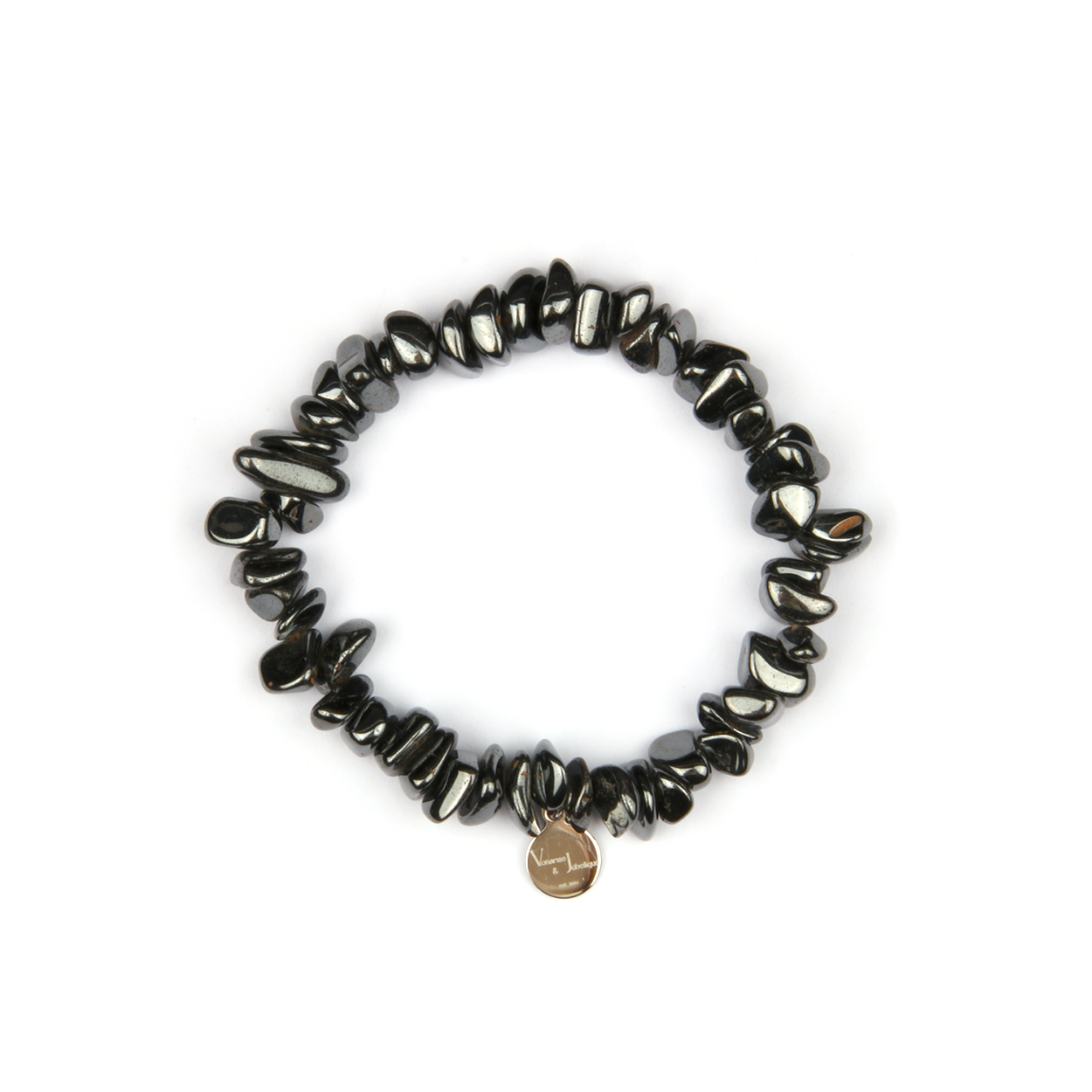
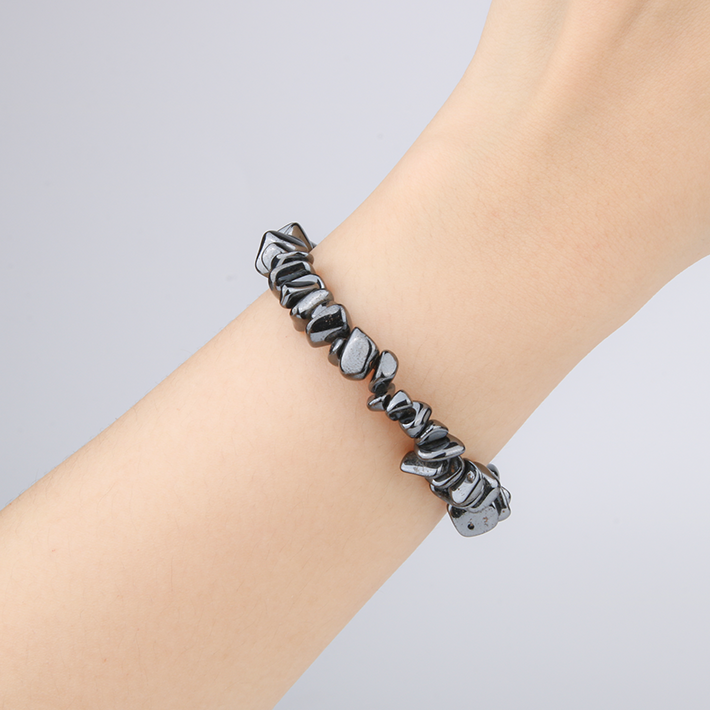
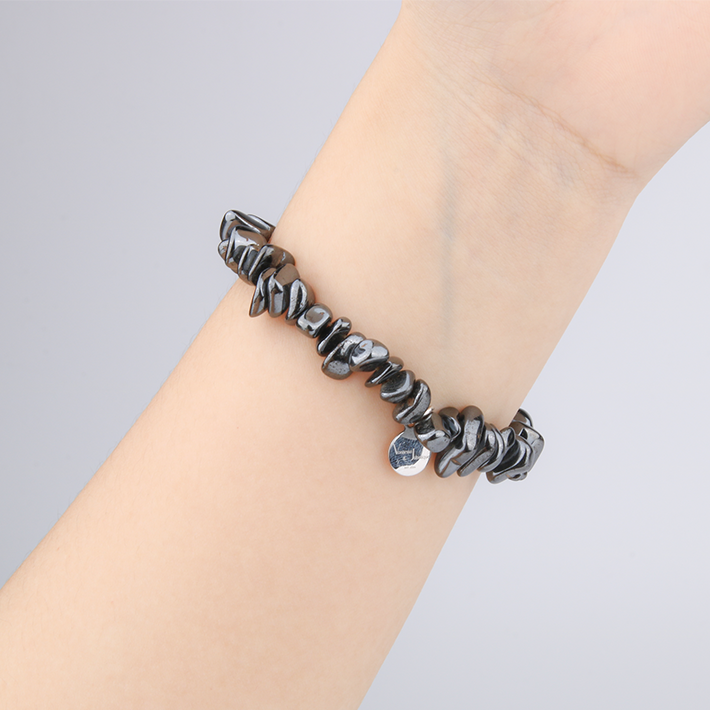
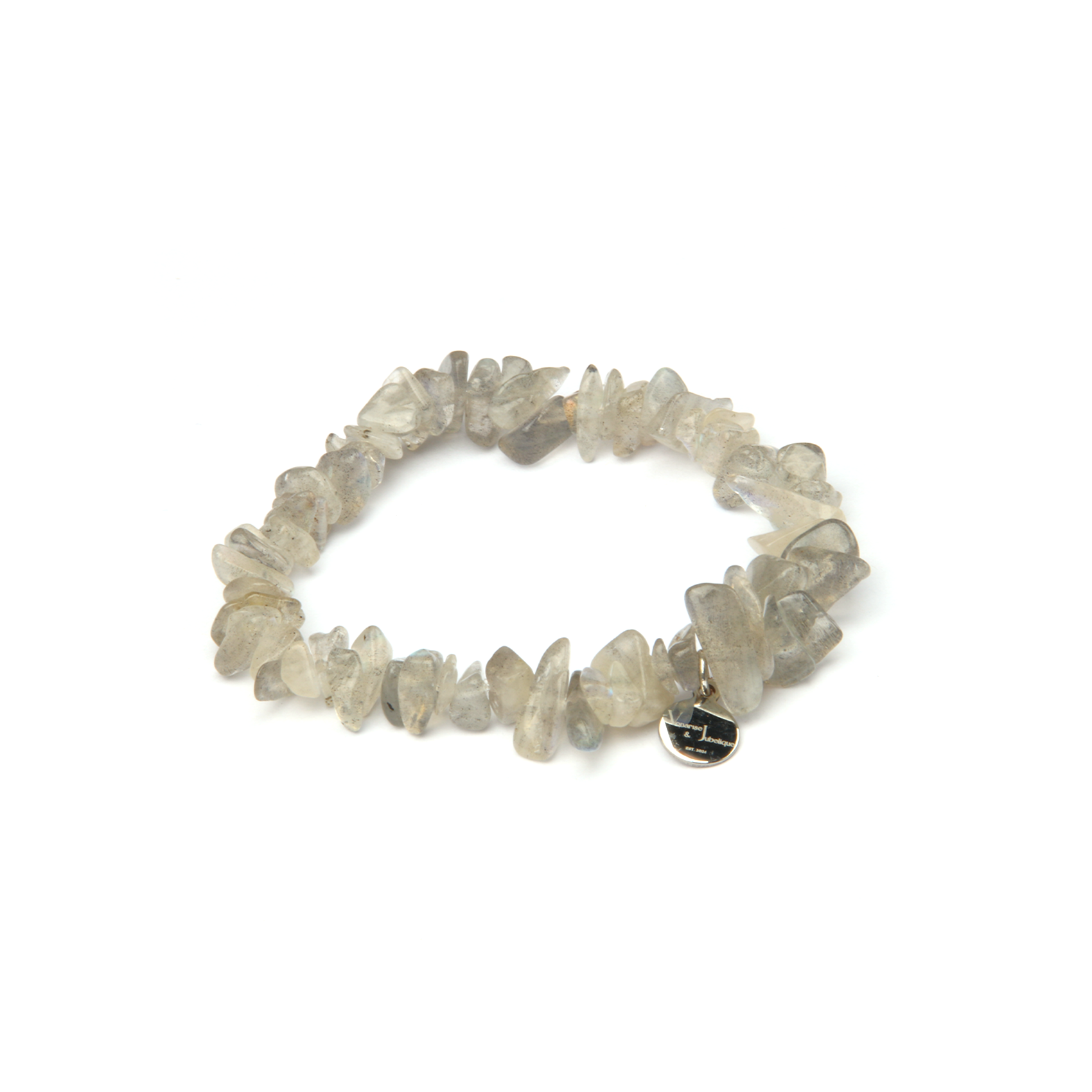
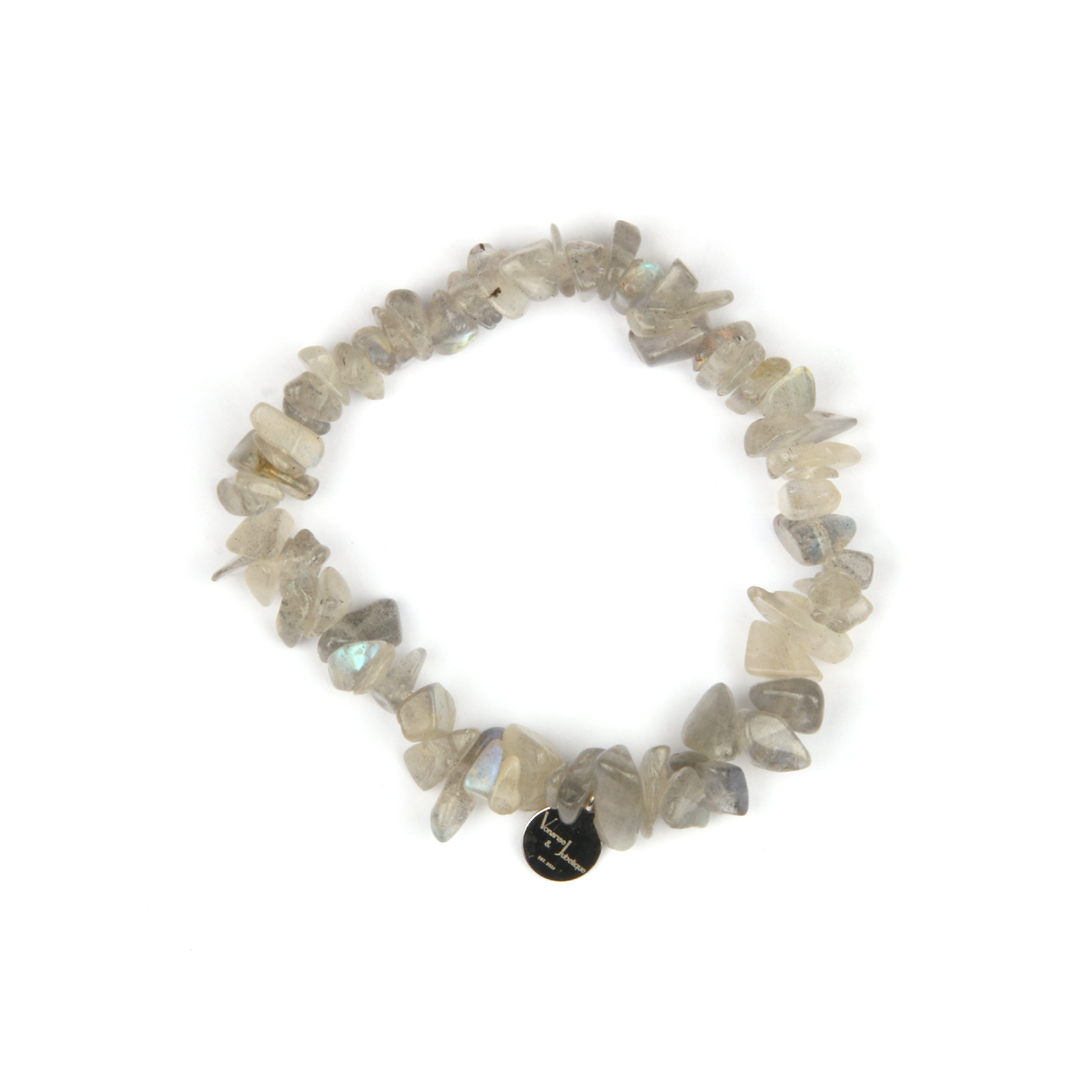
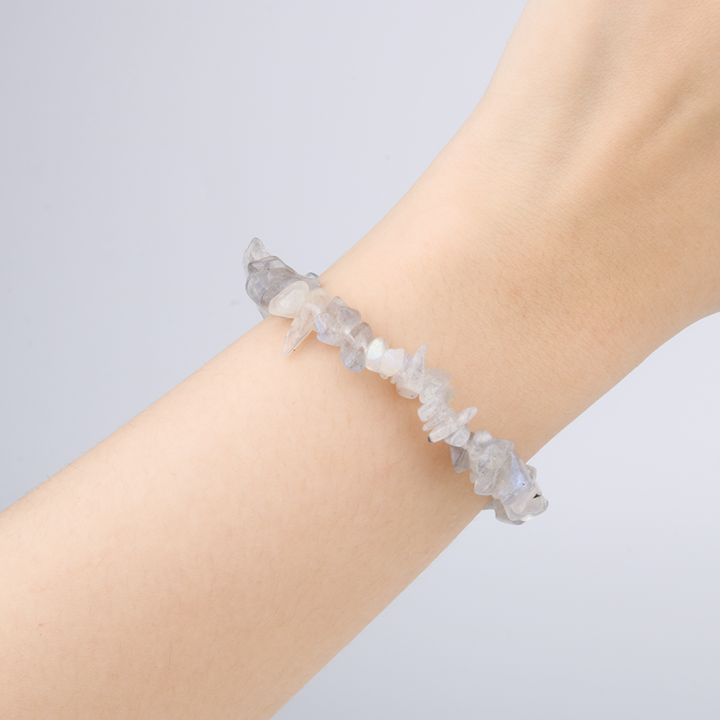
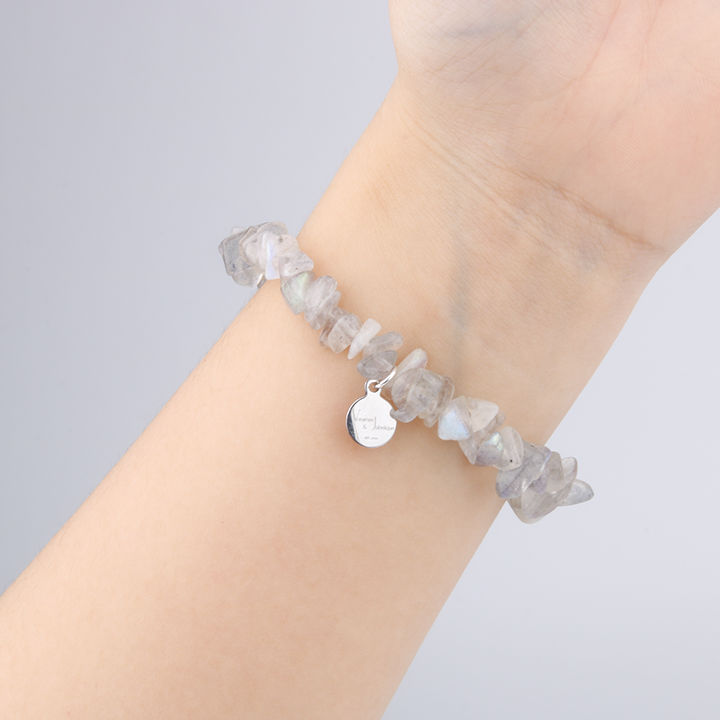
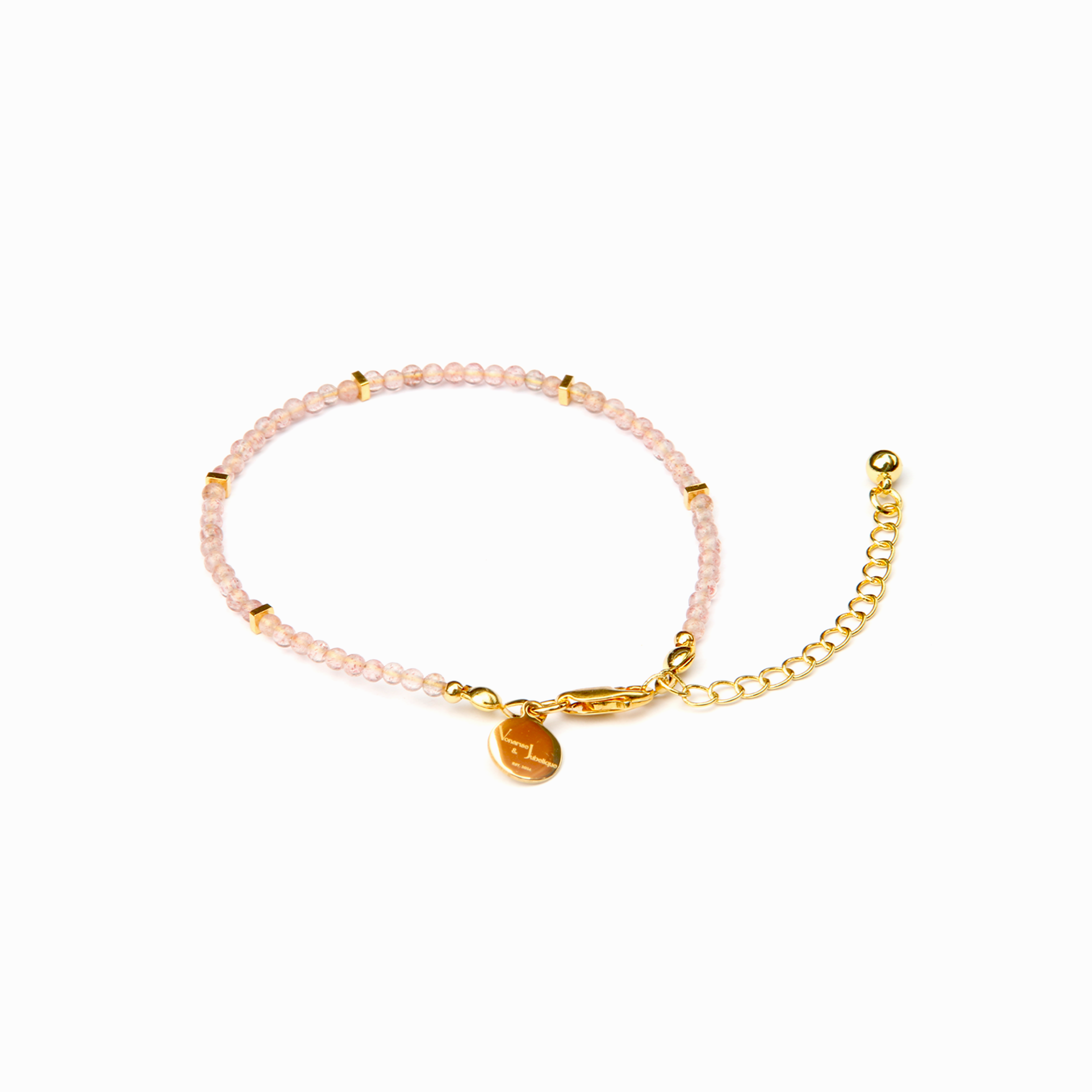
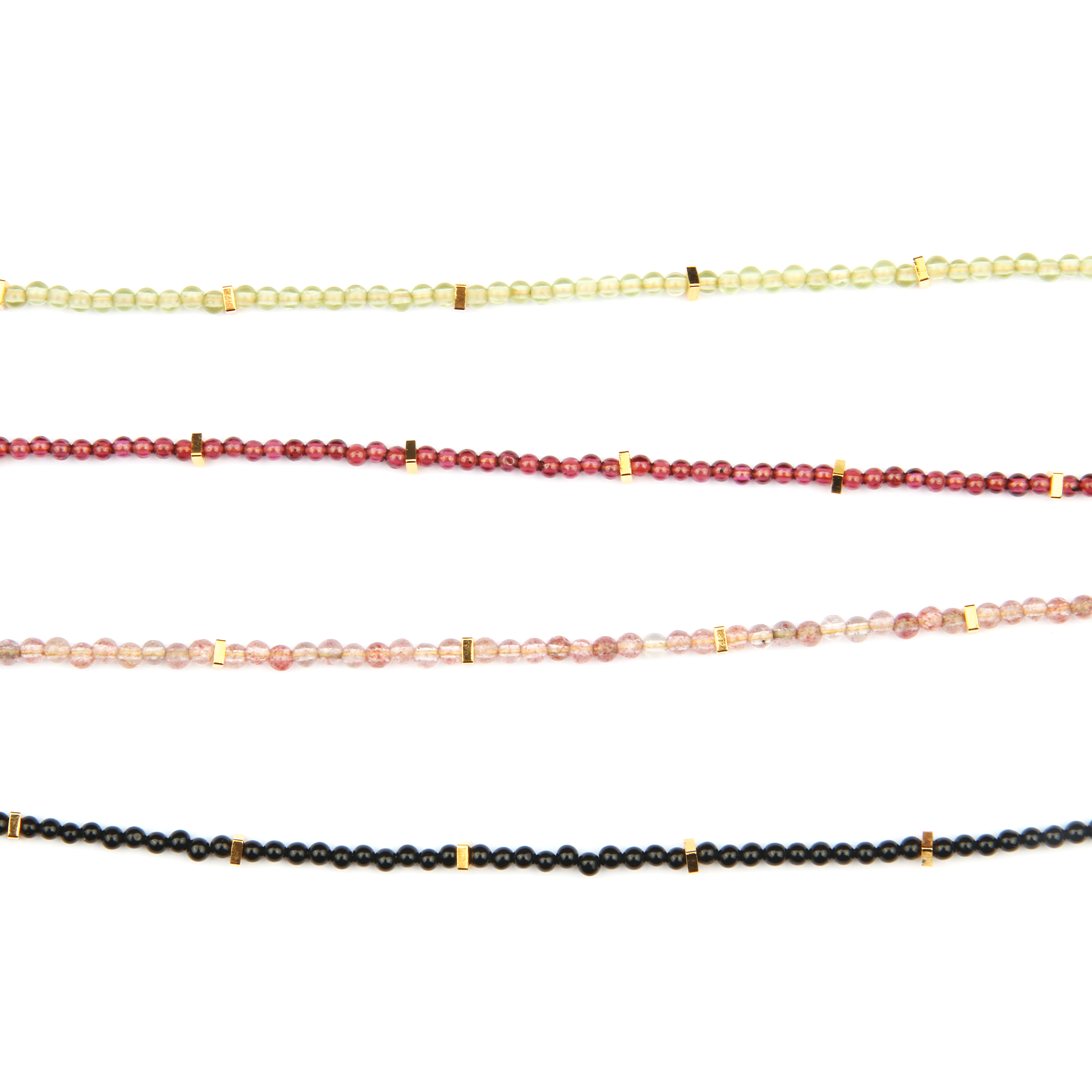
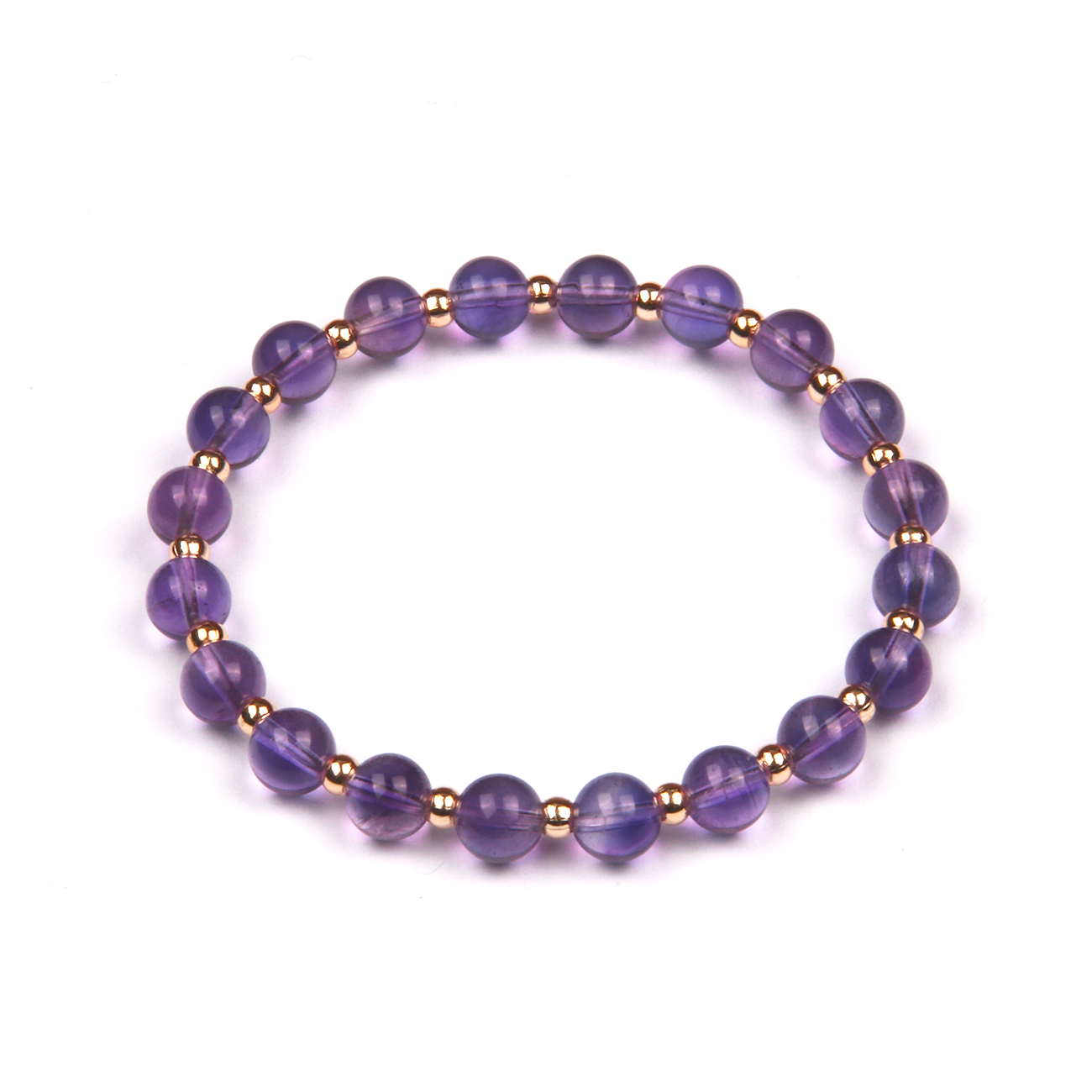
Share:
Turquoise
Sodalite